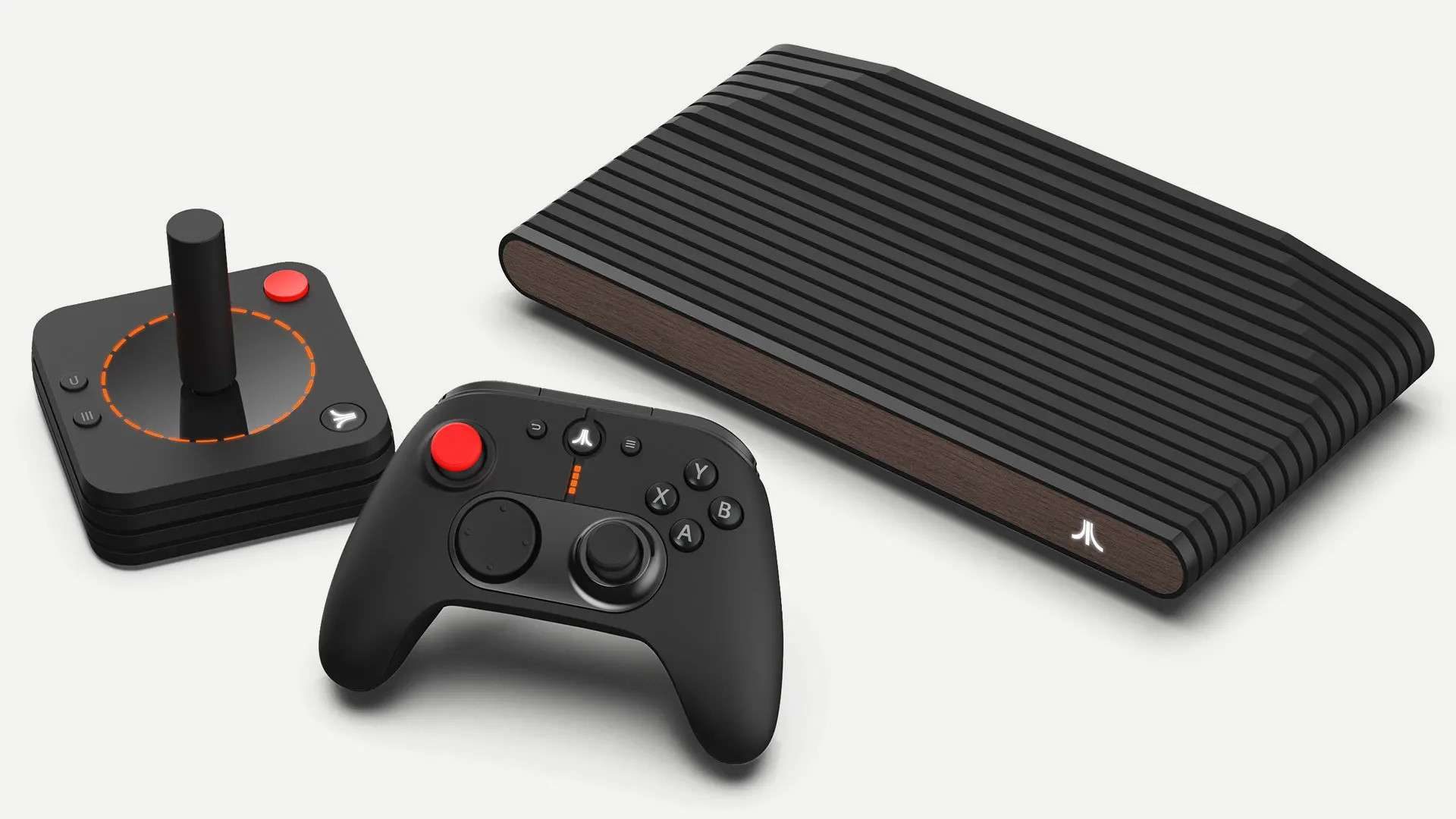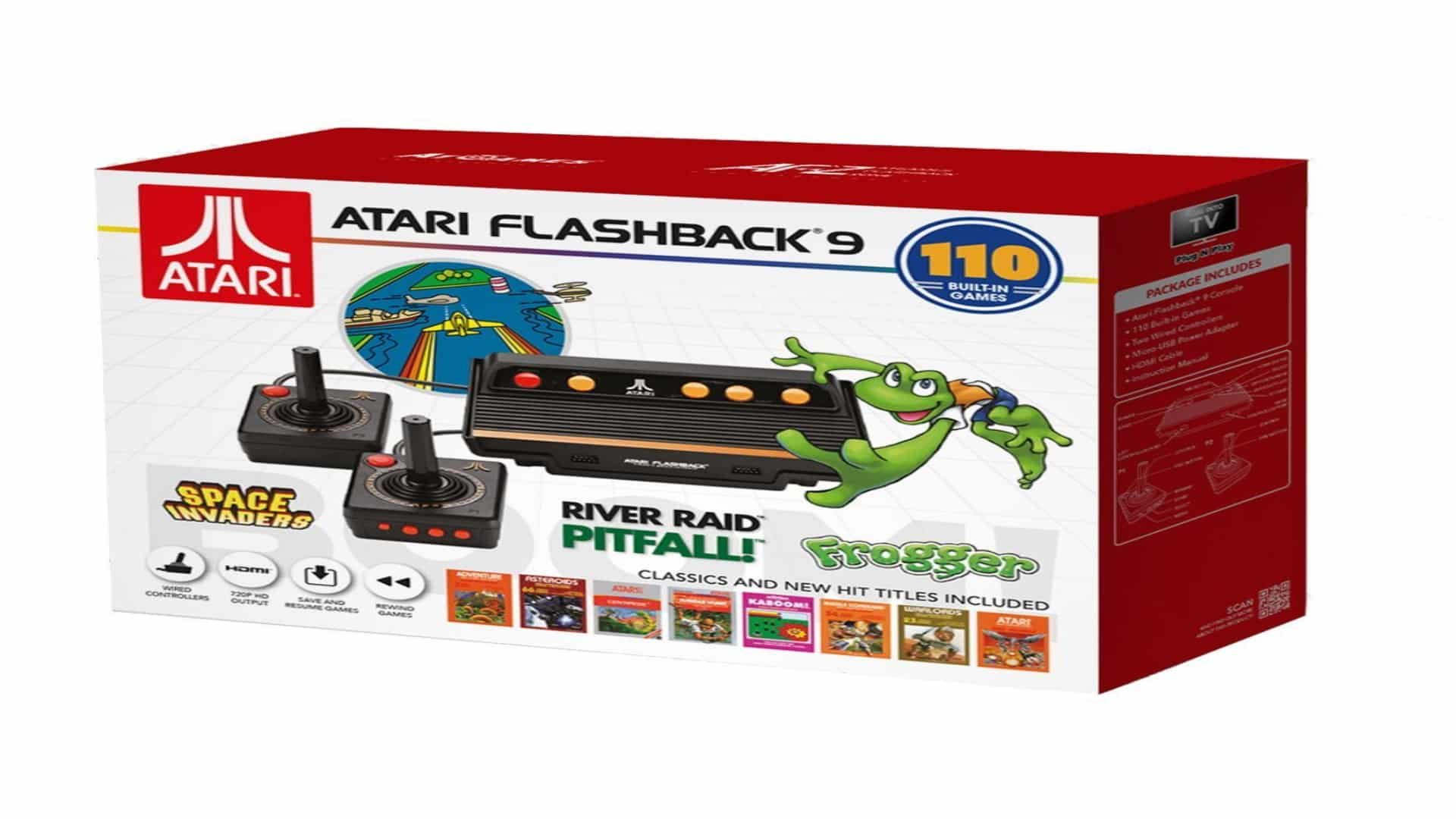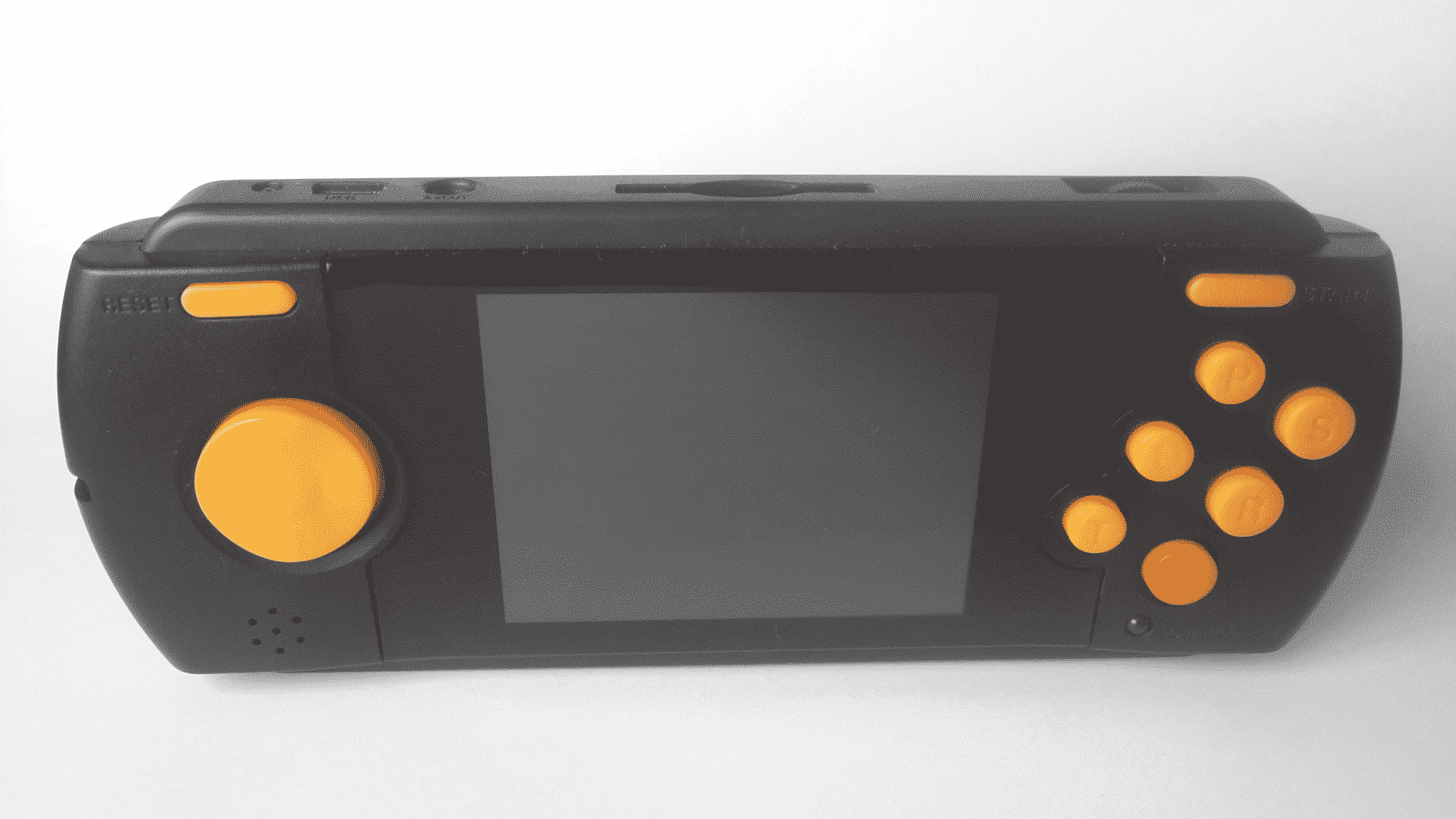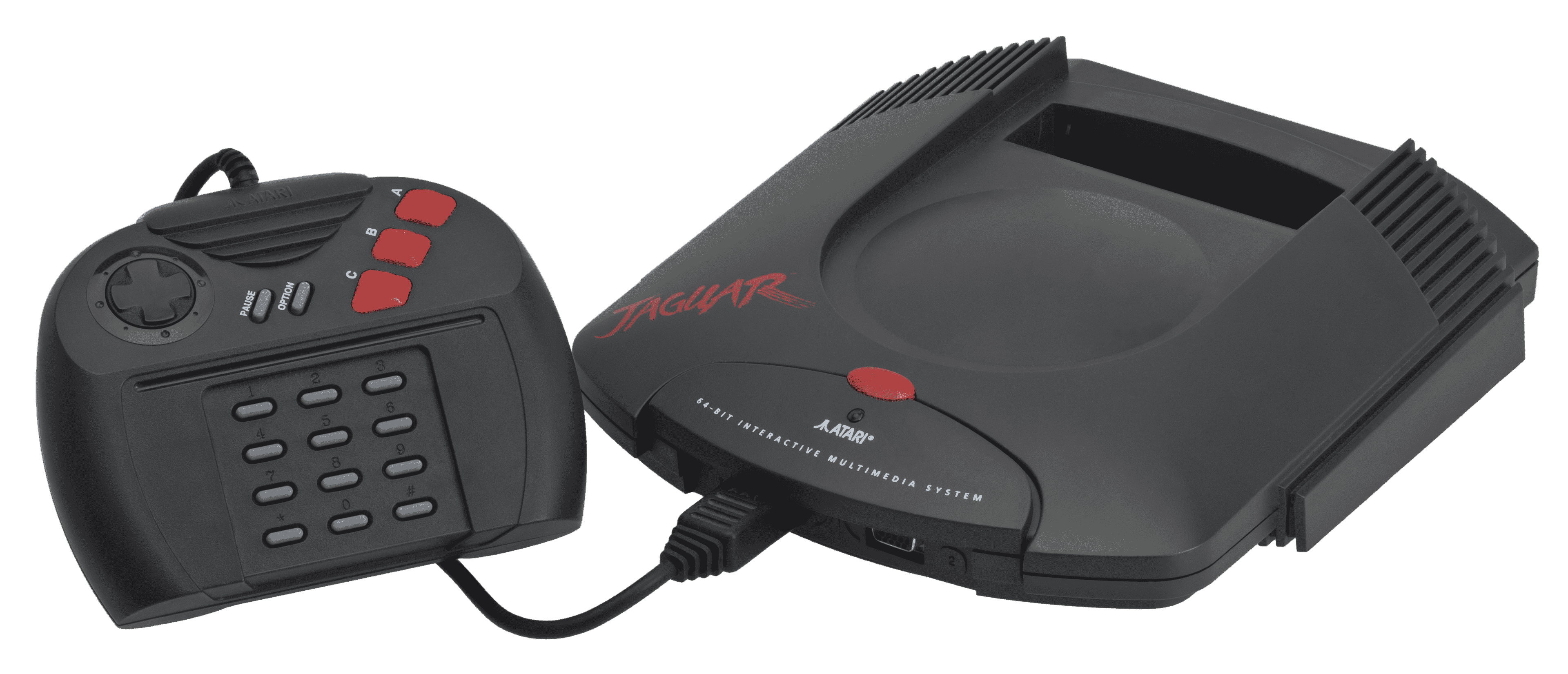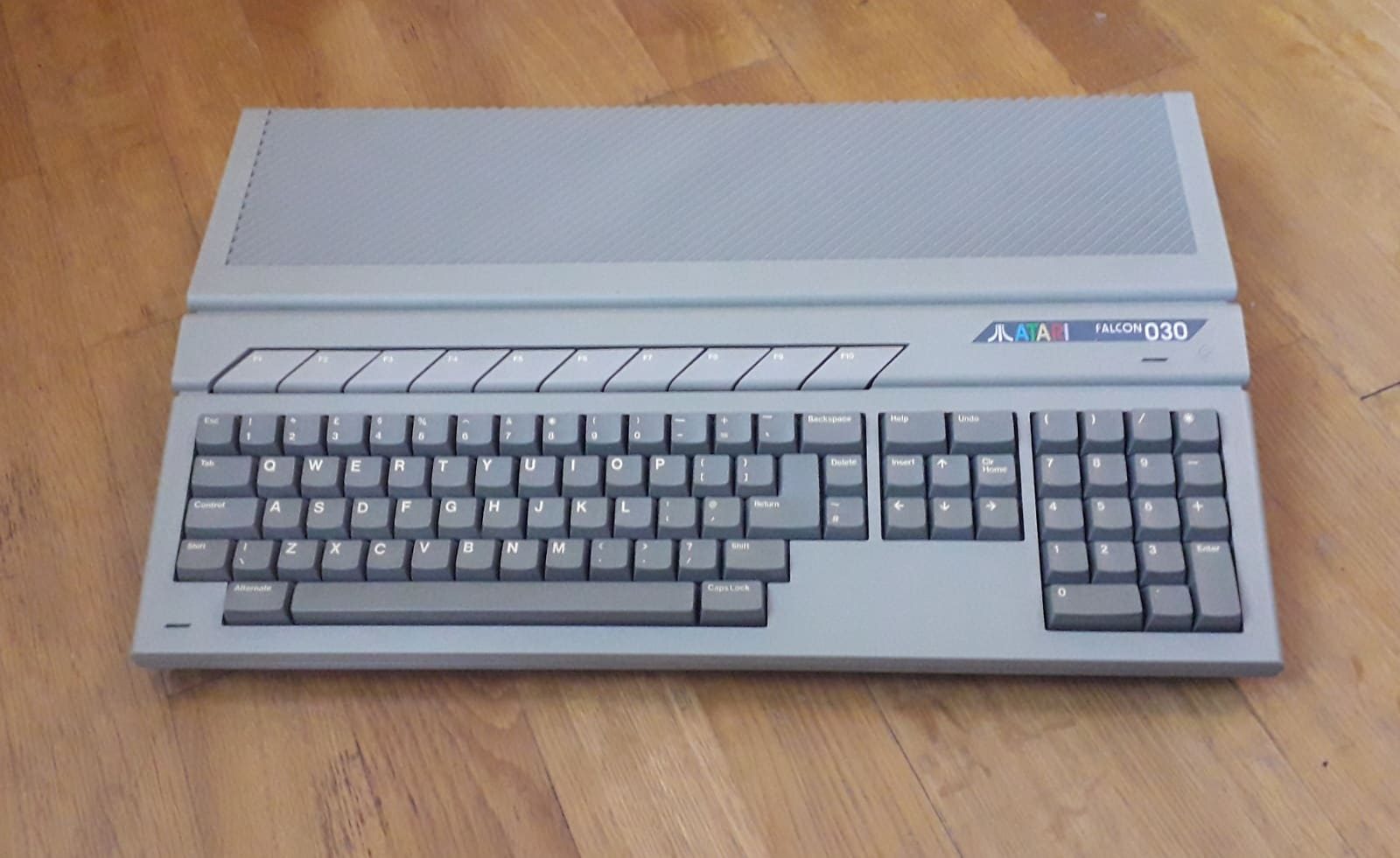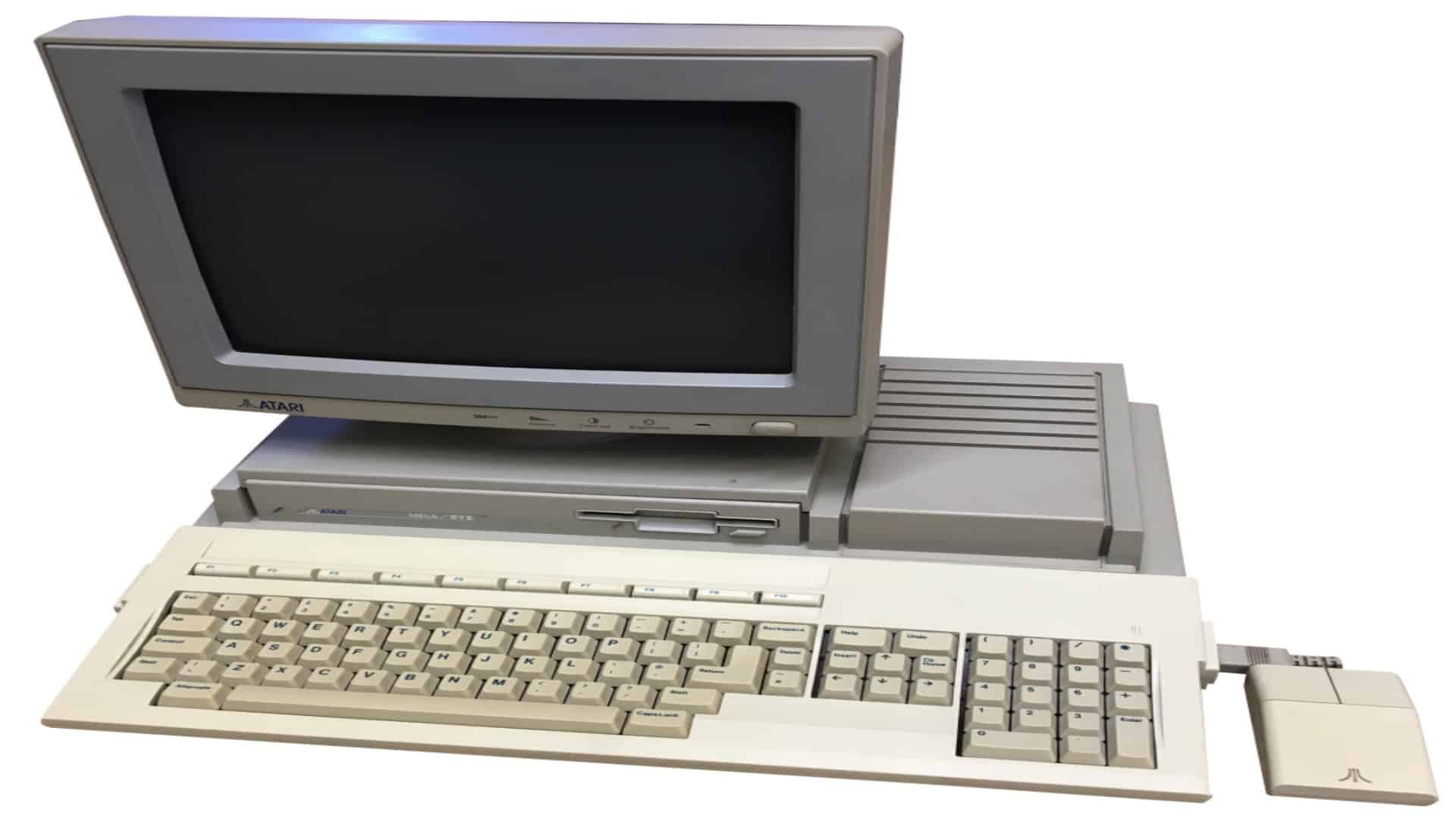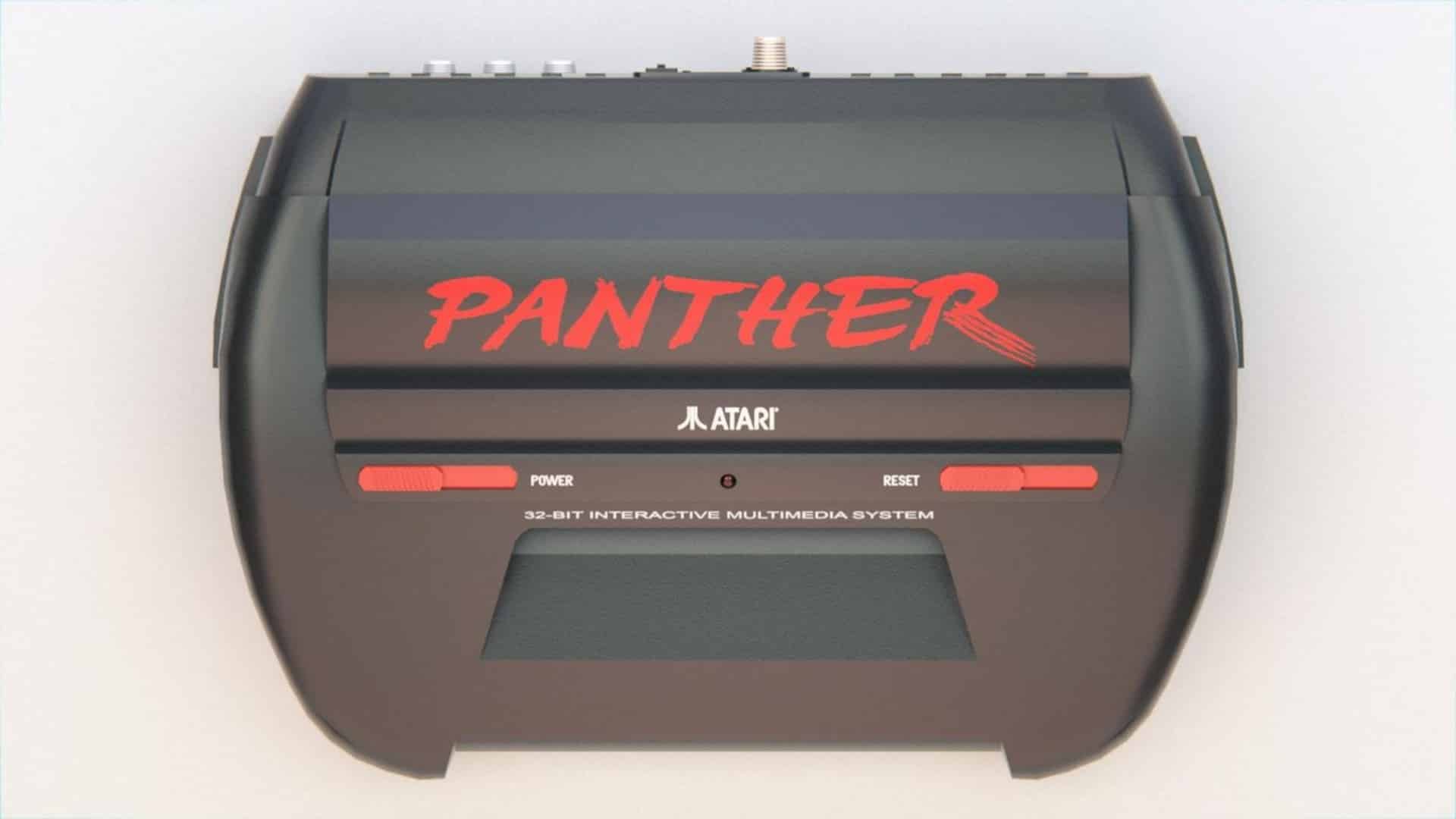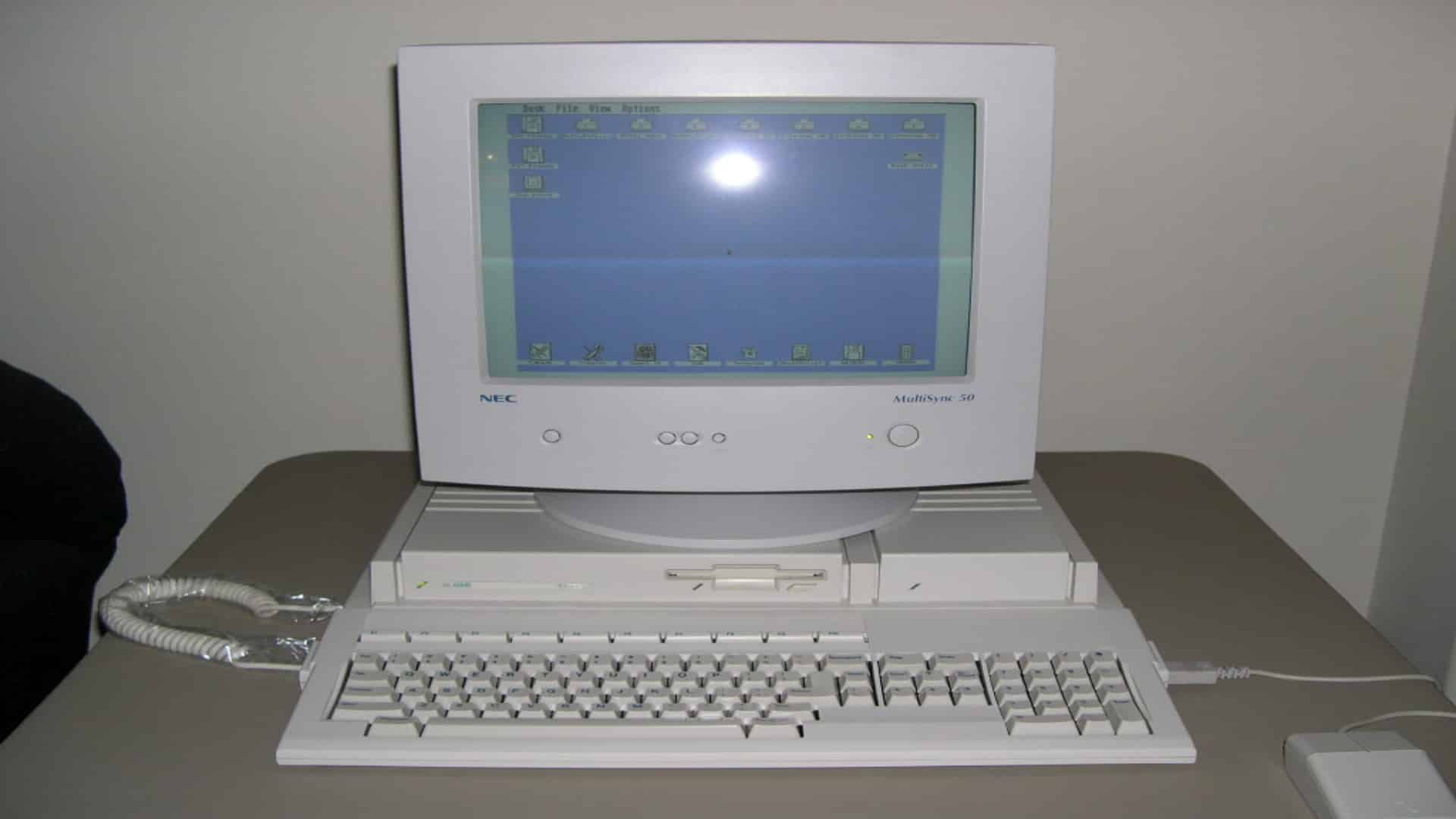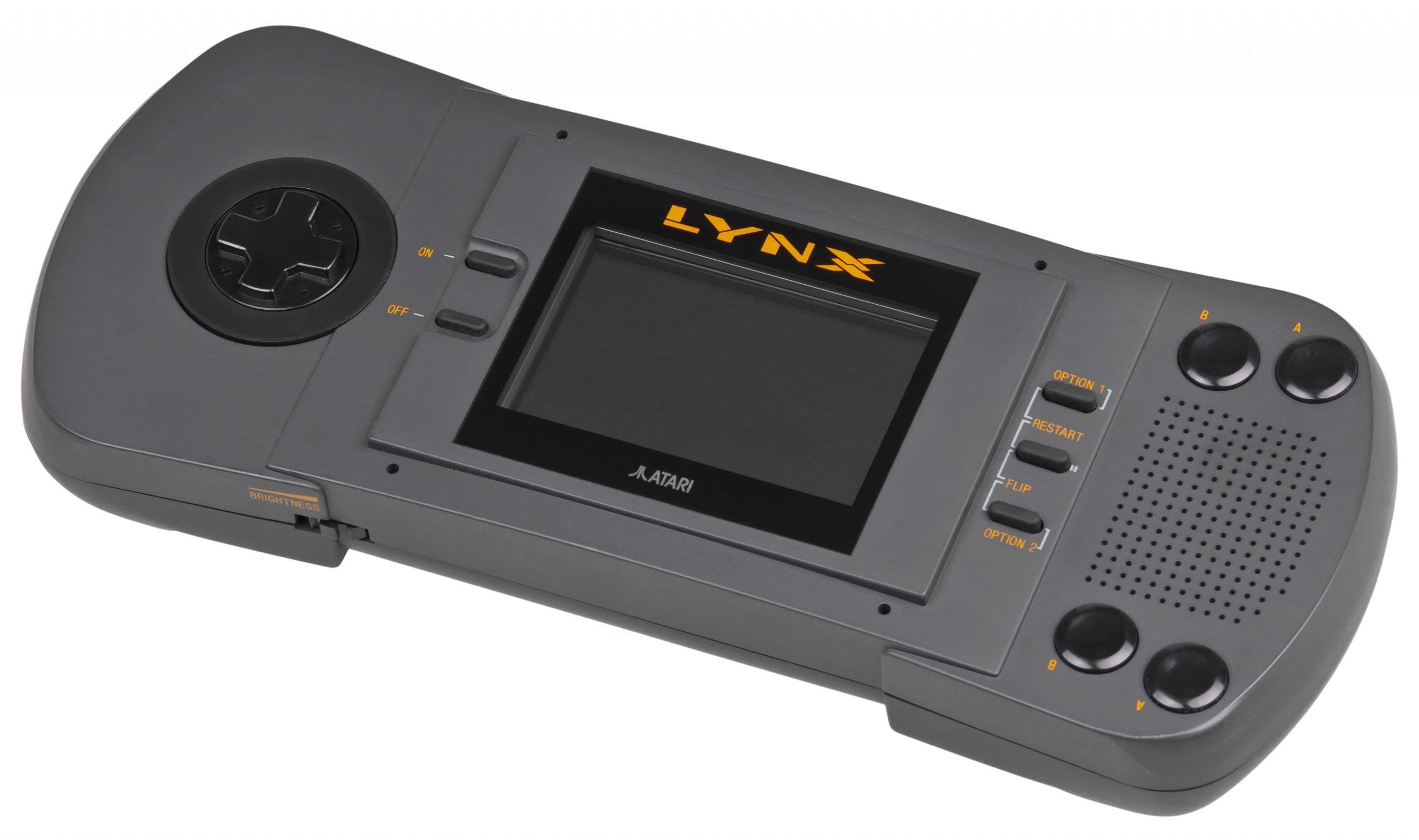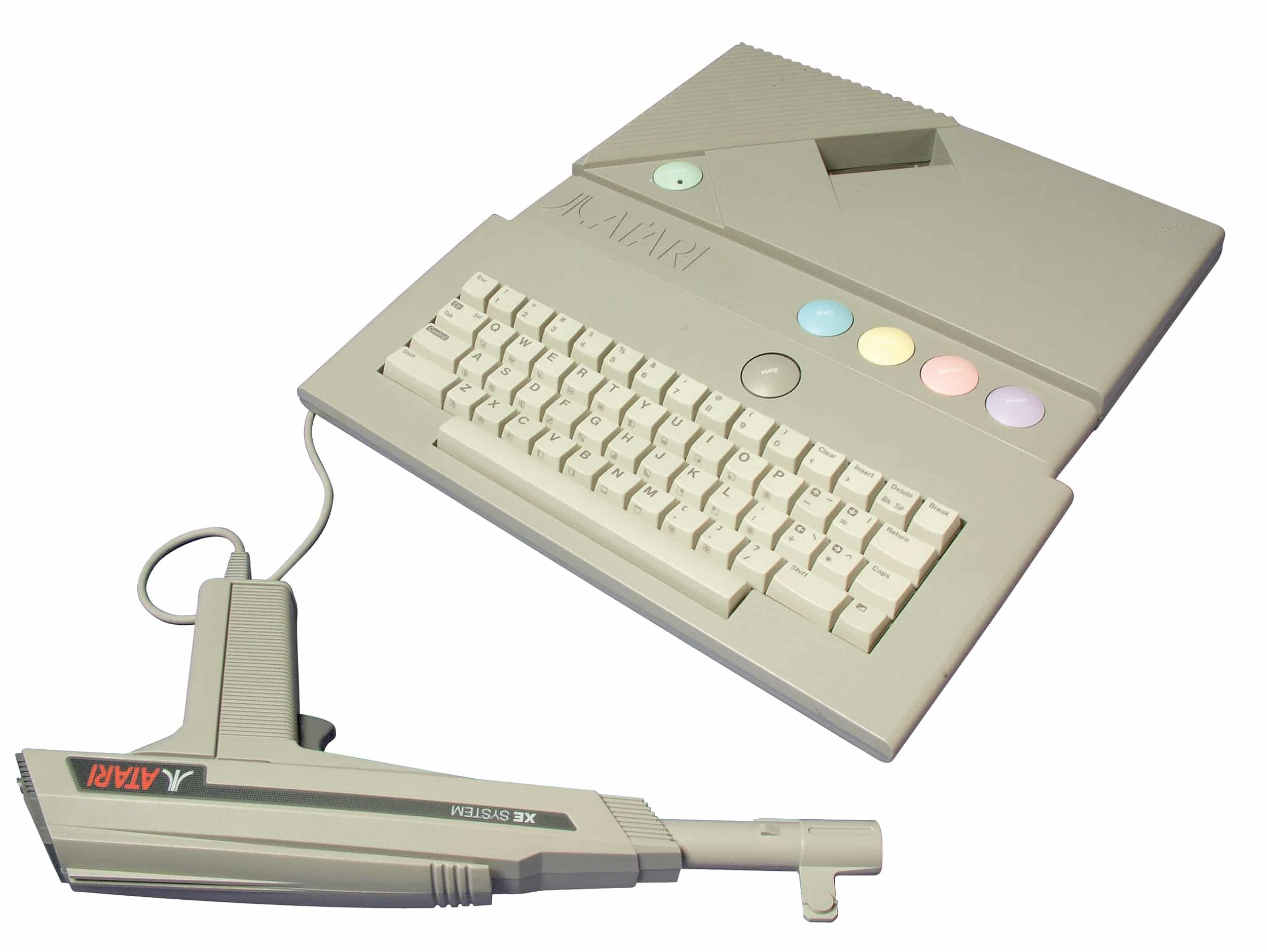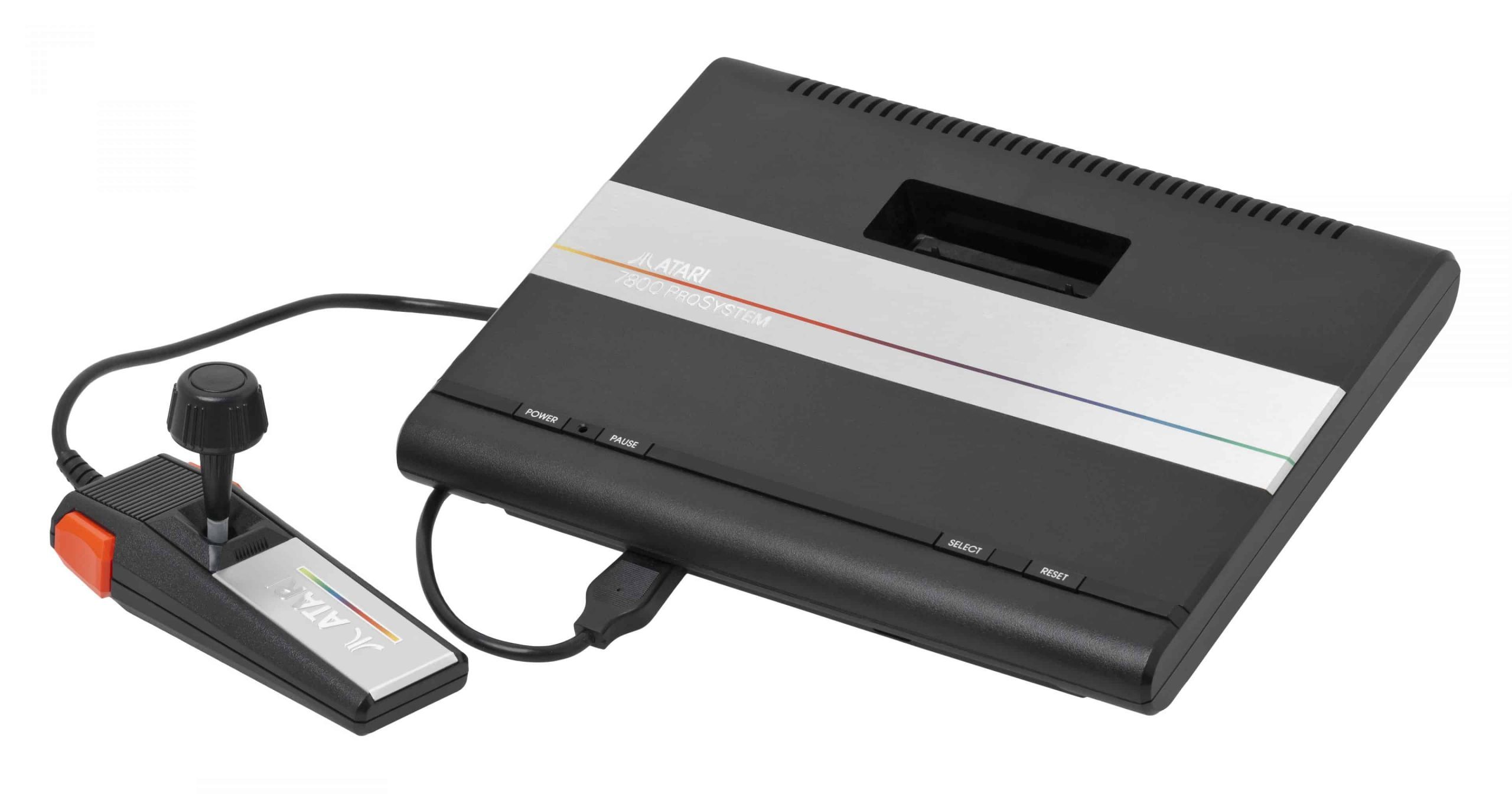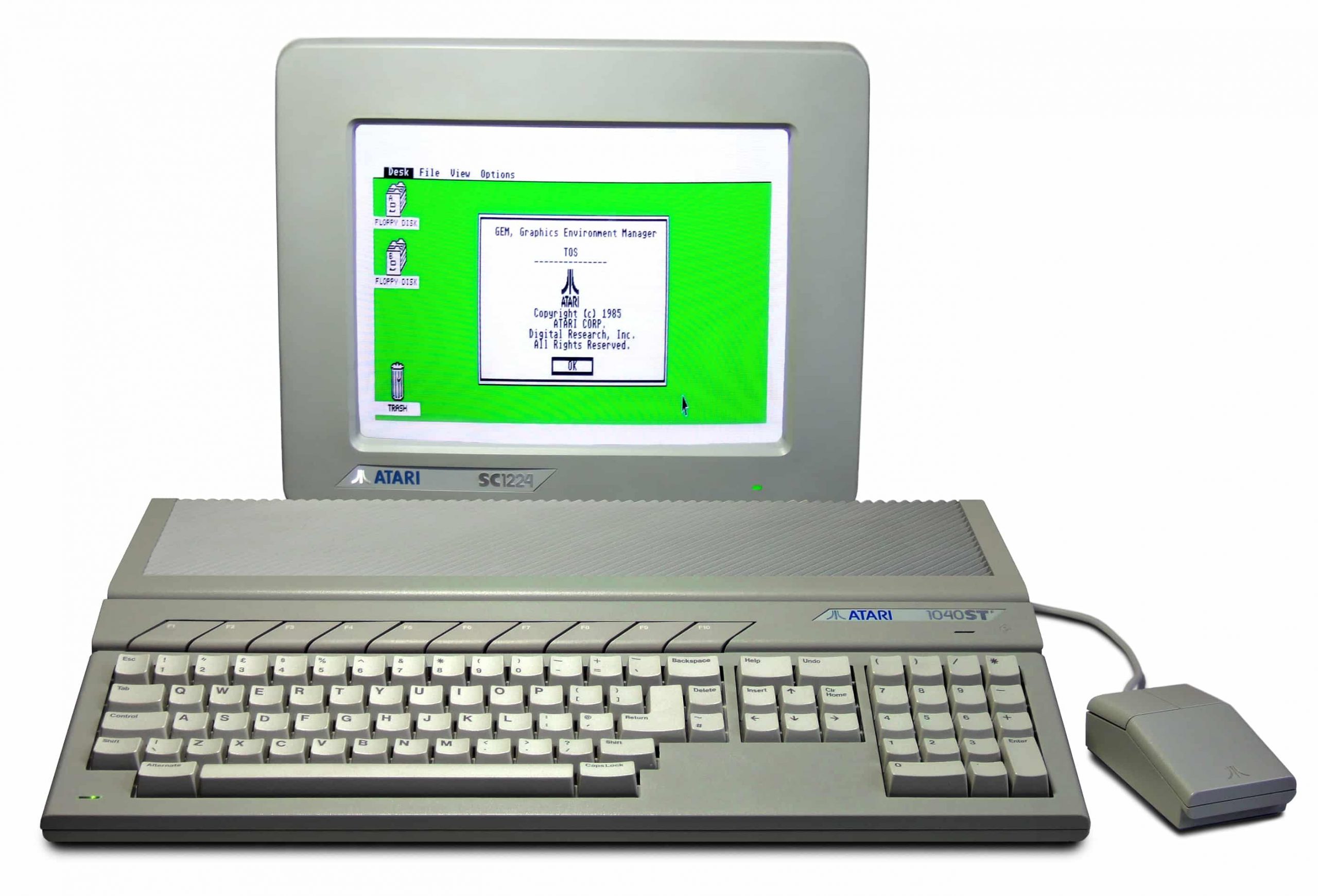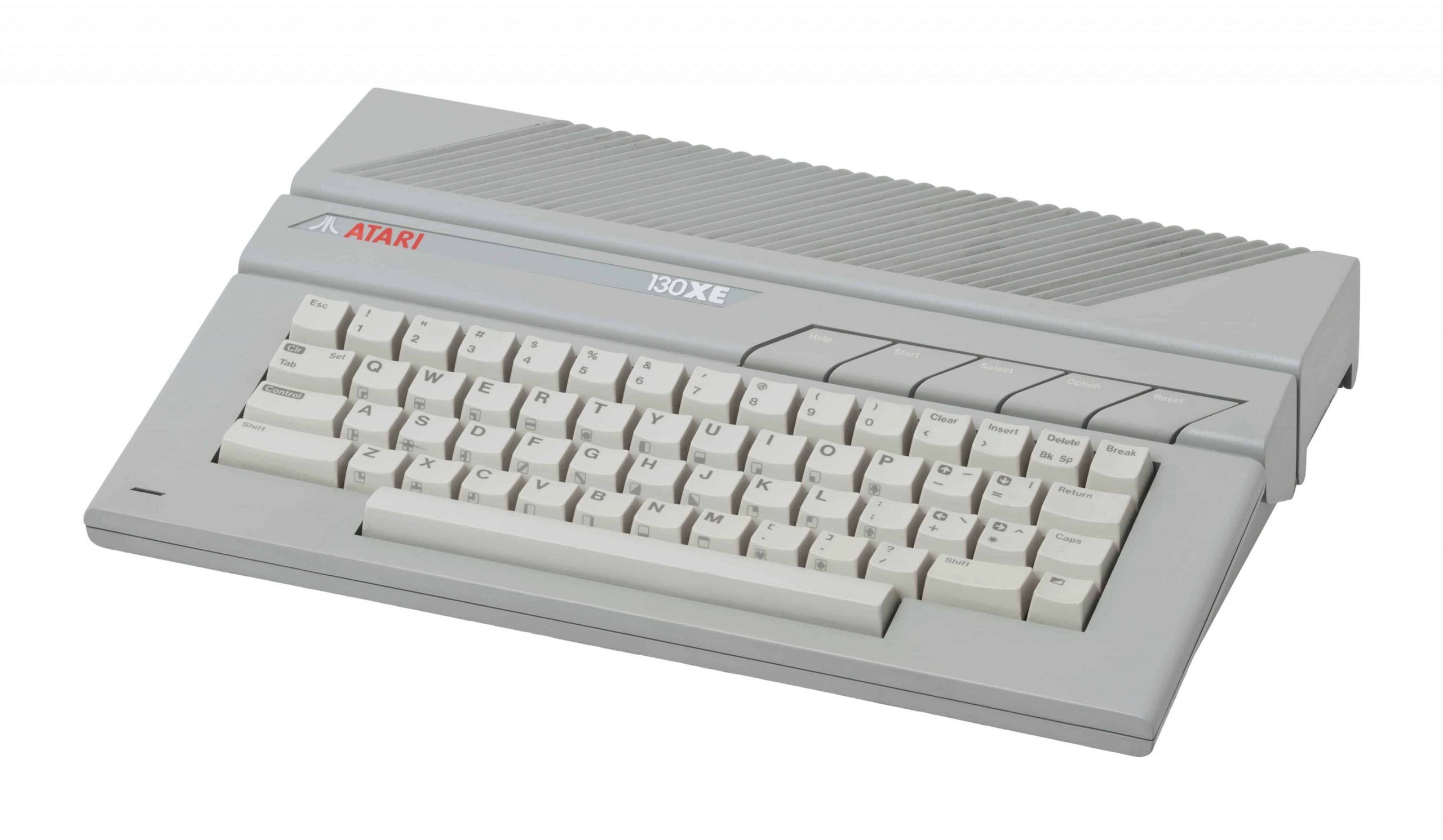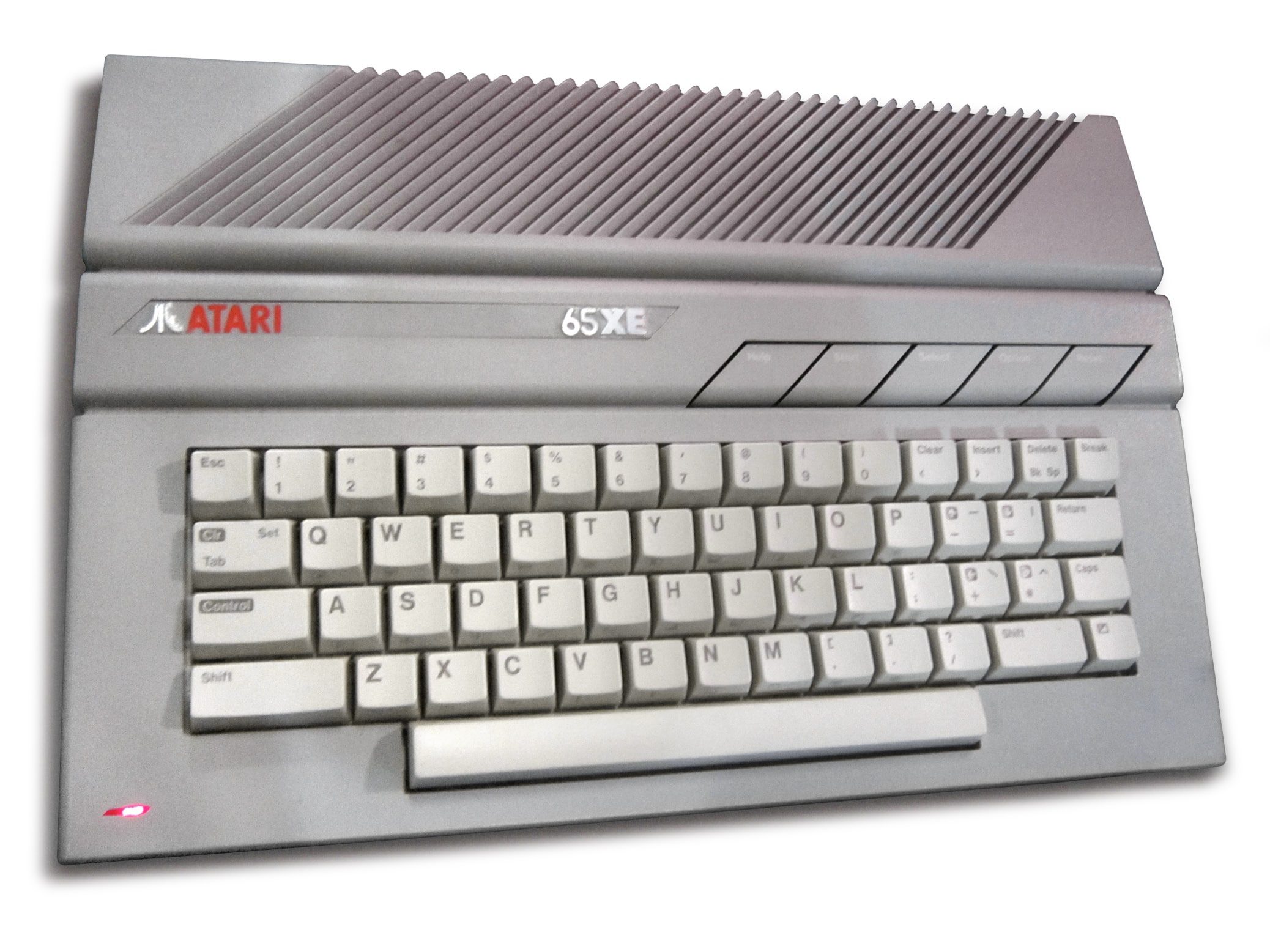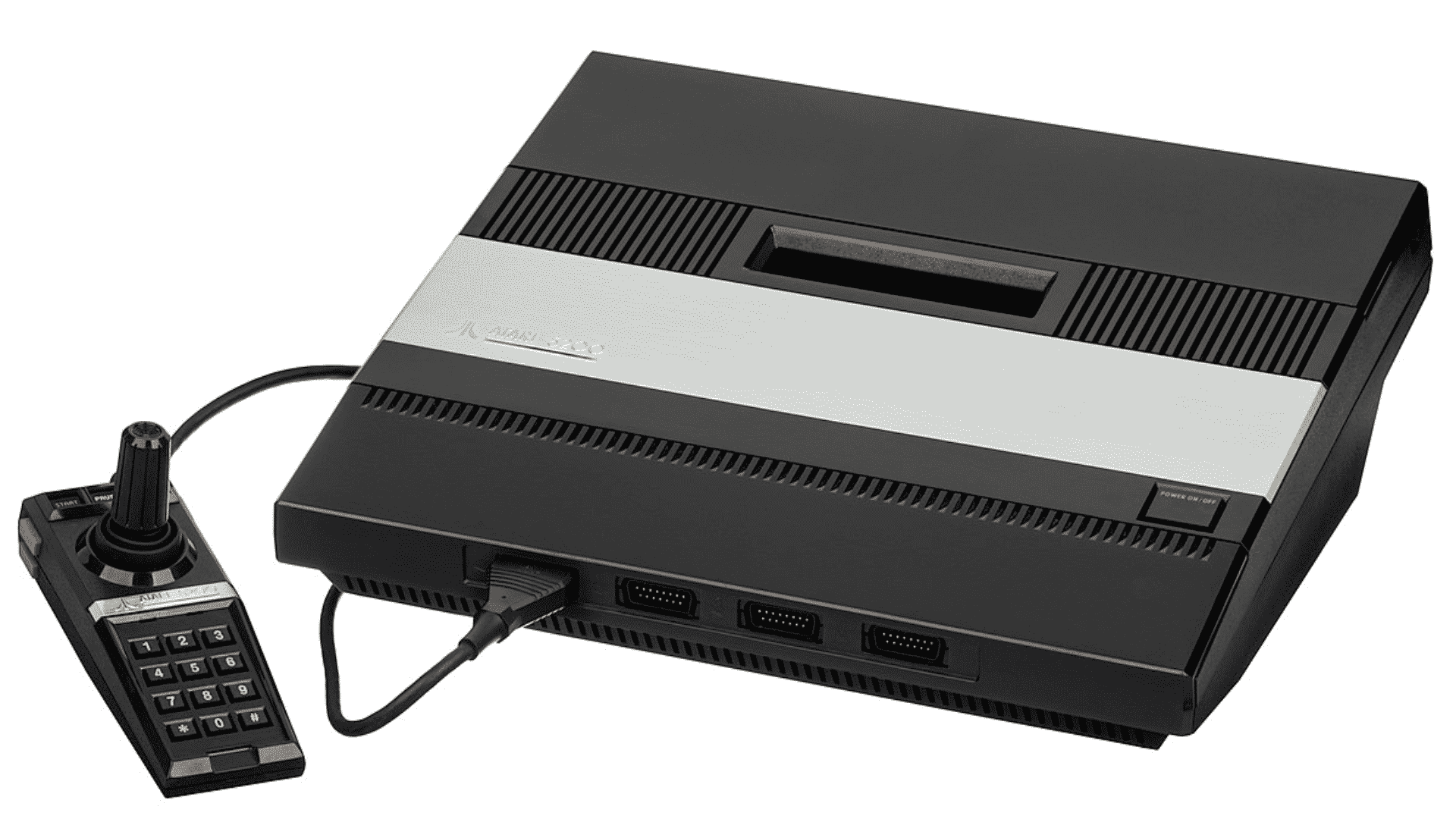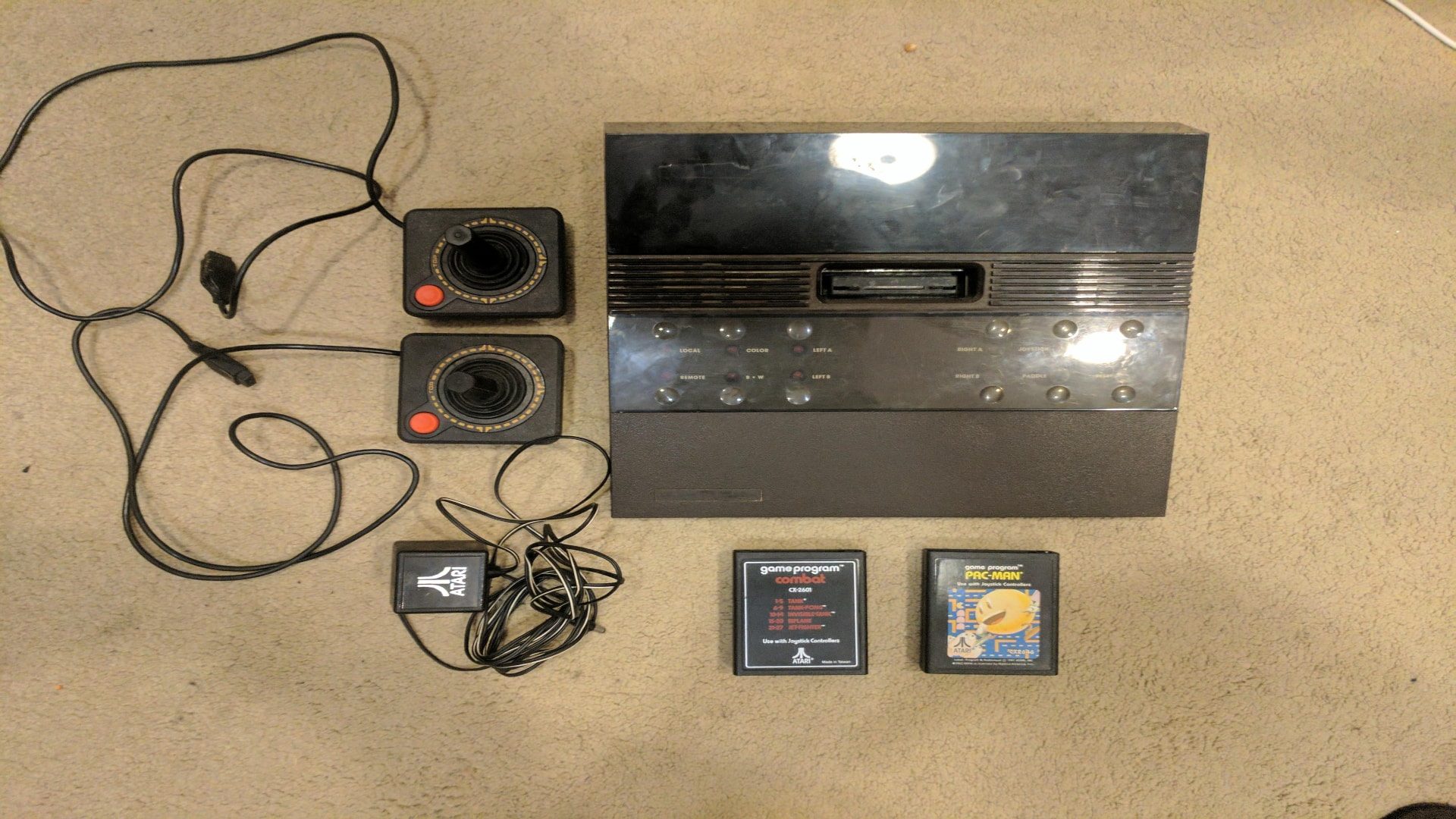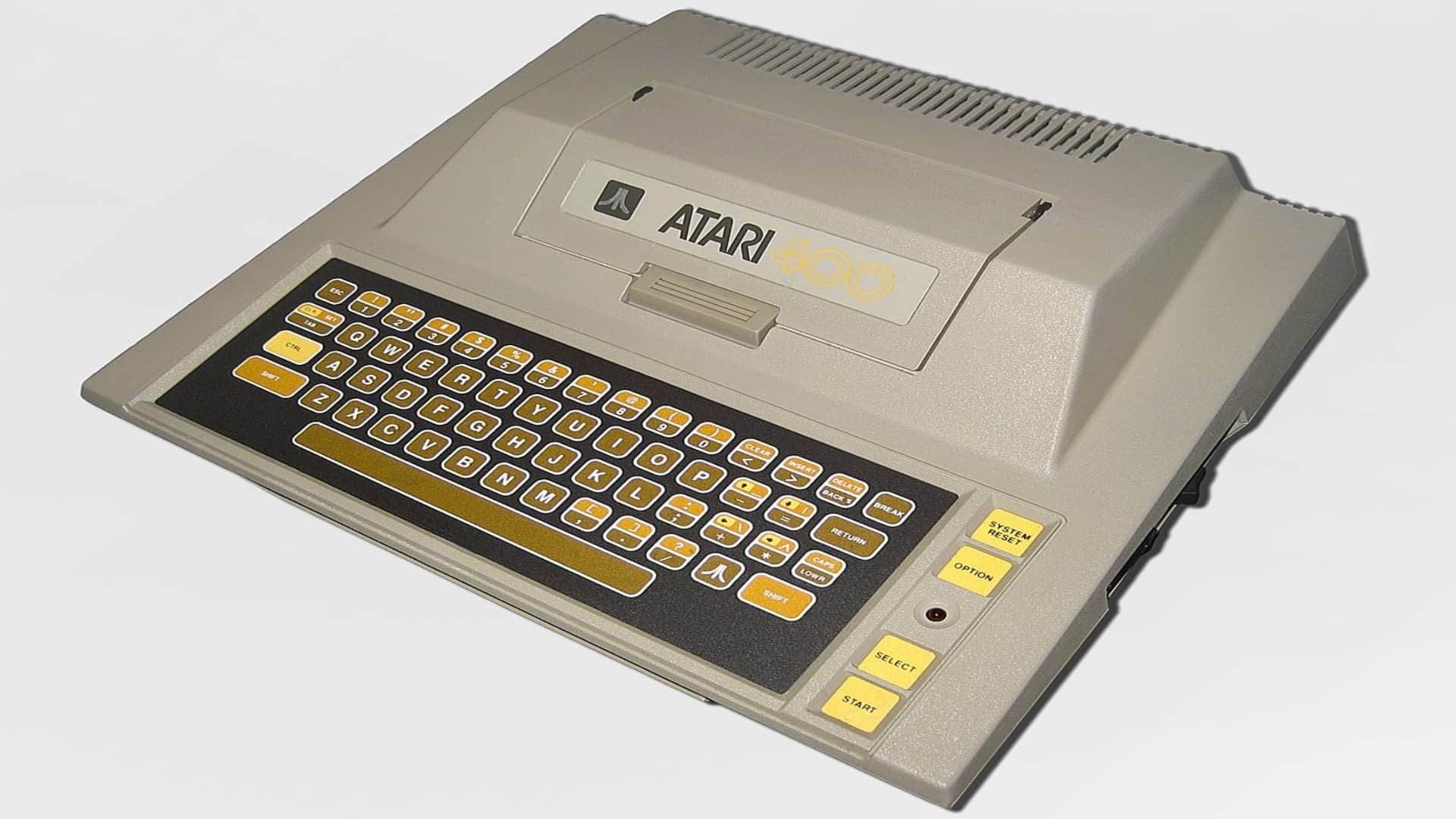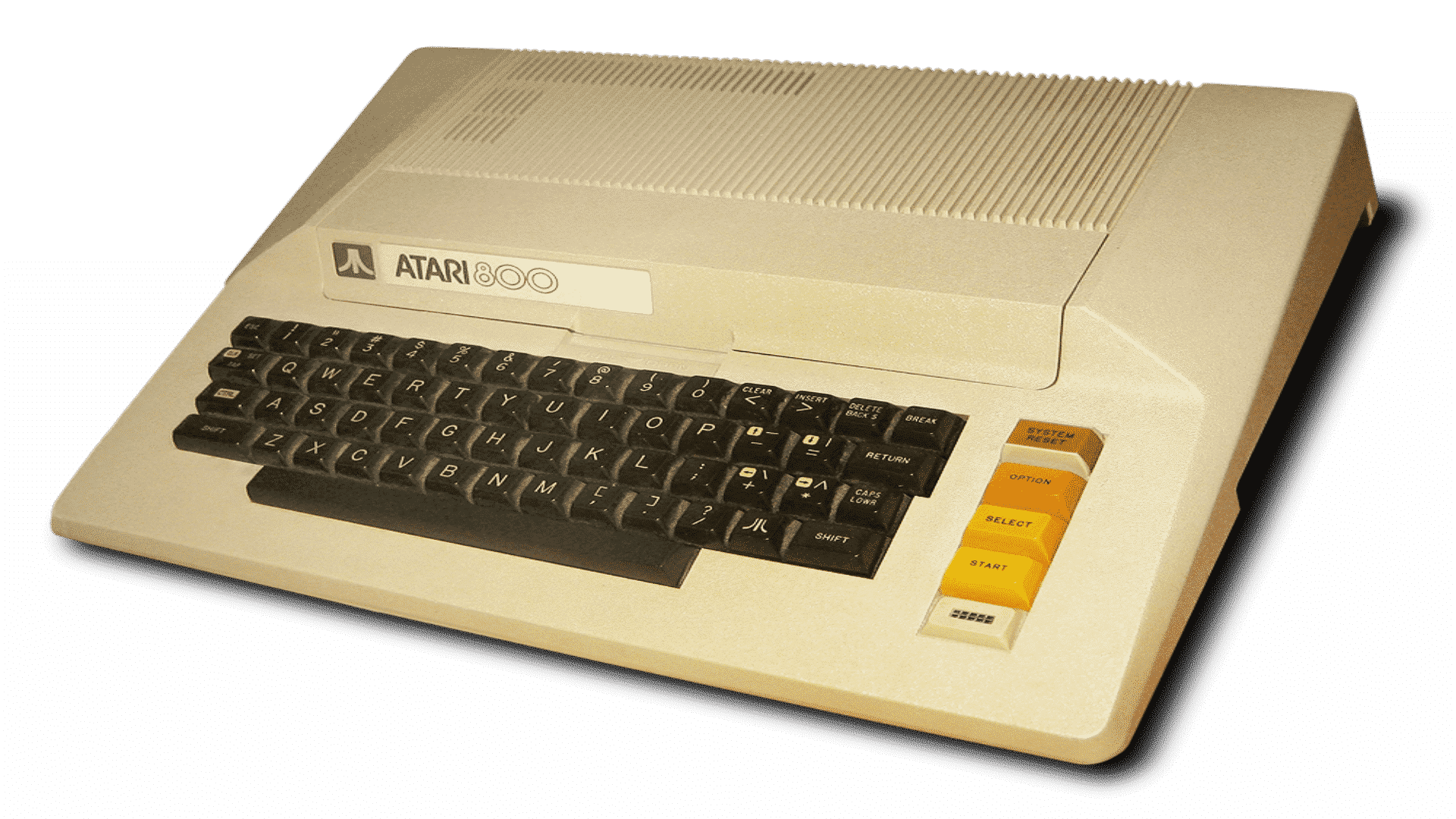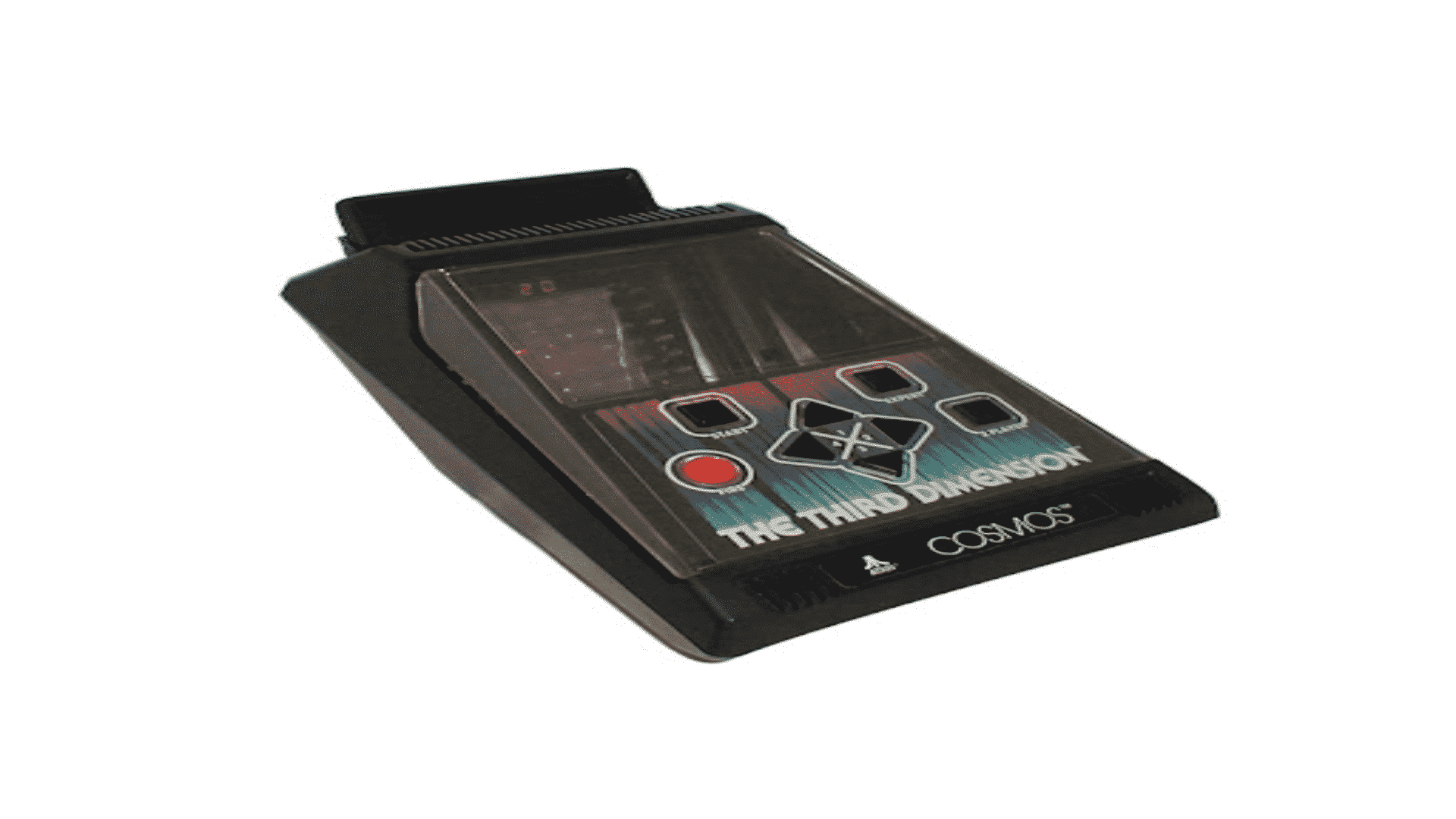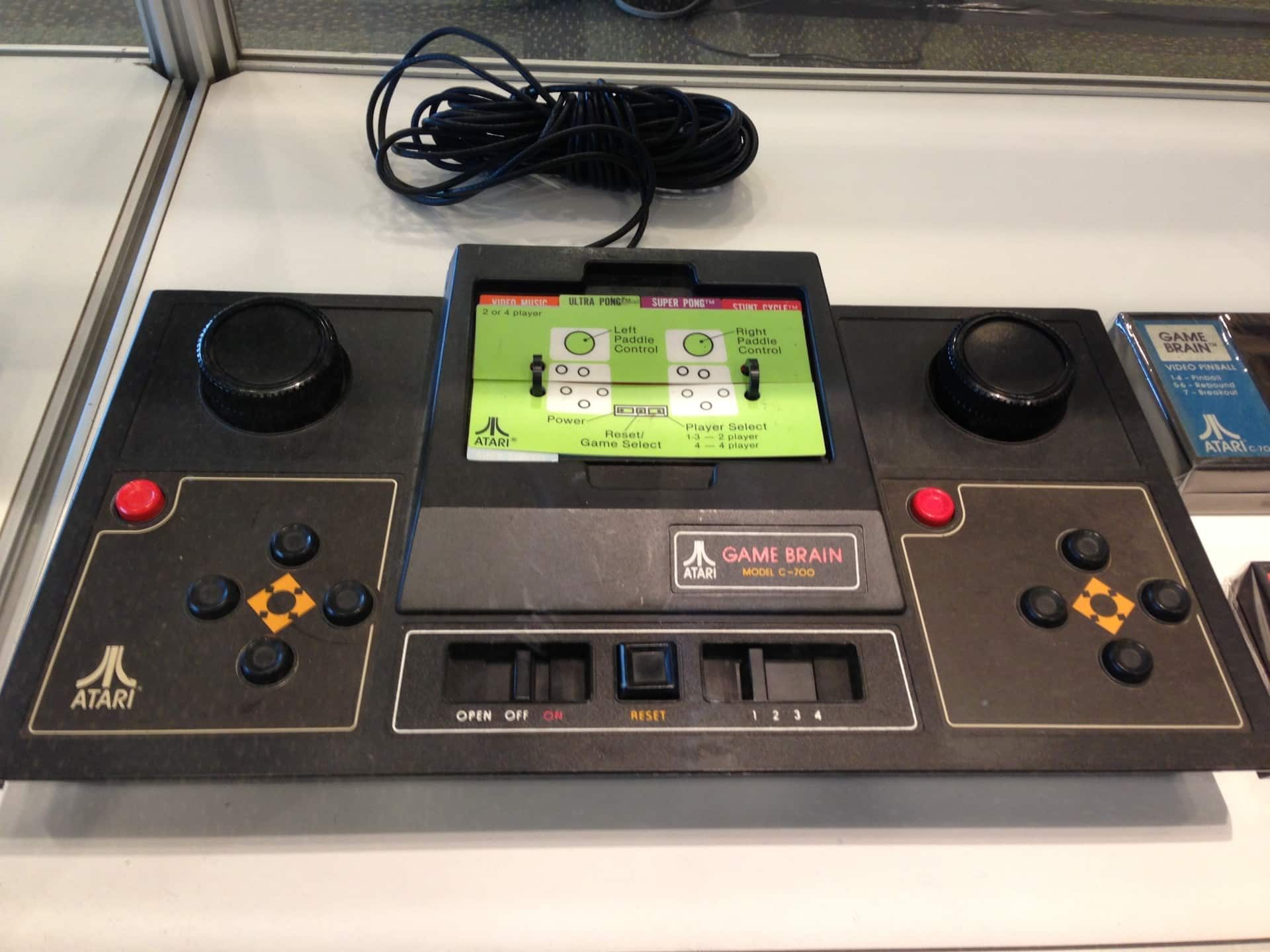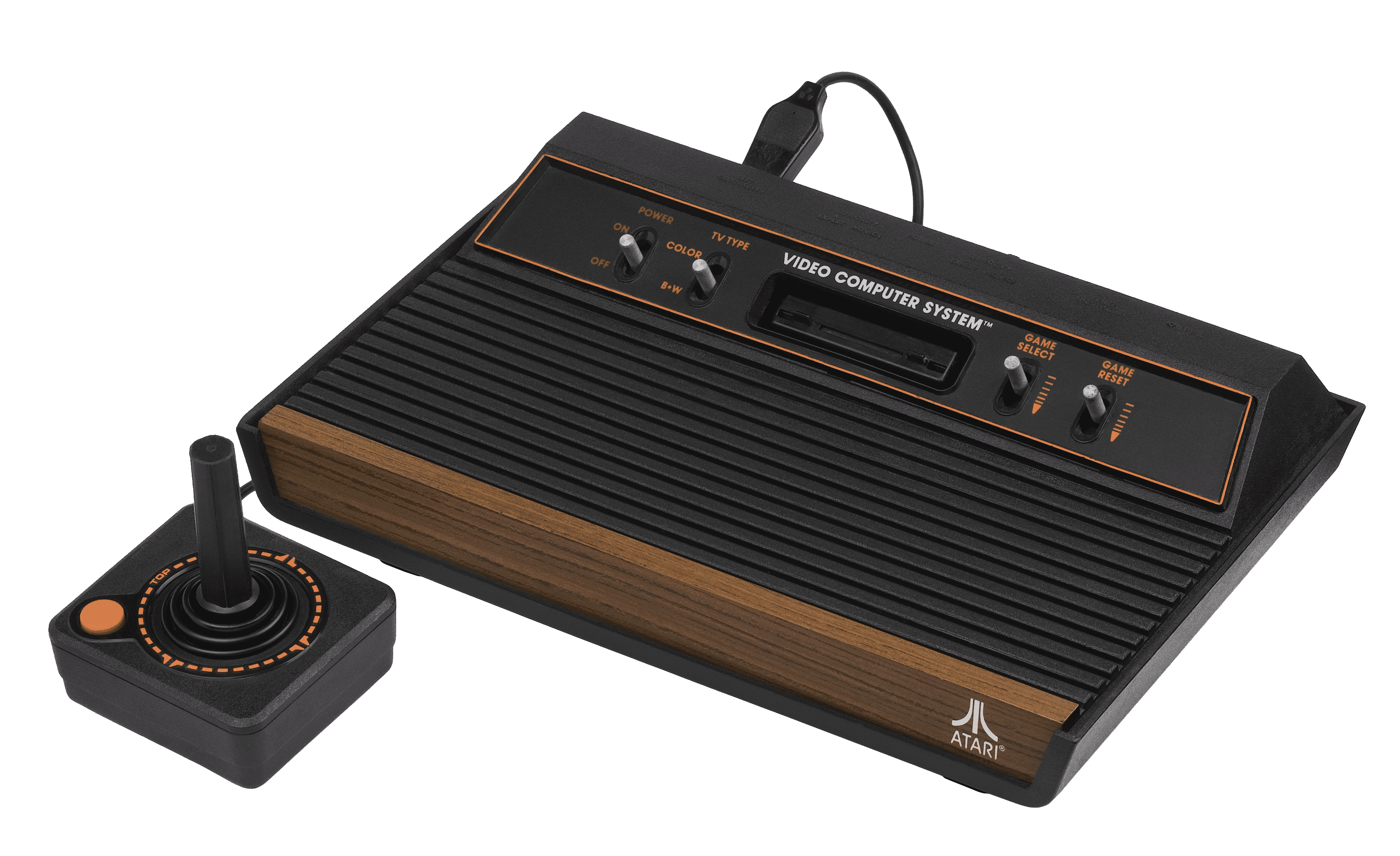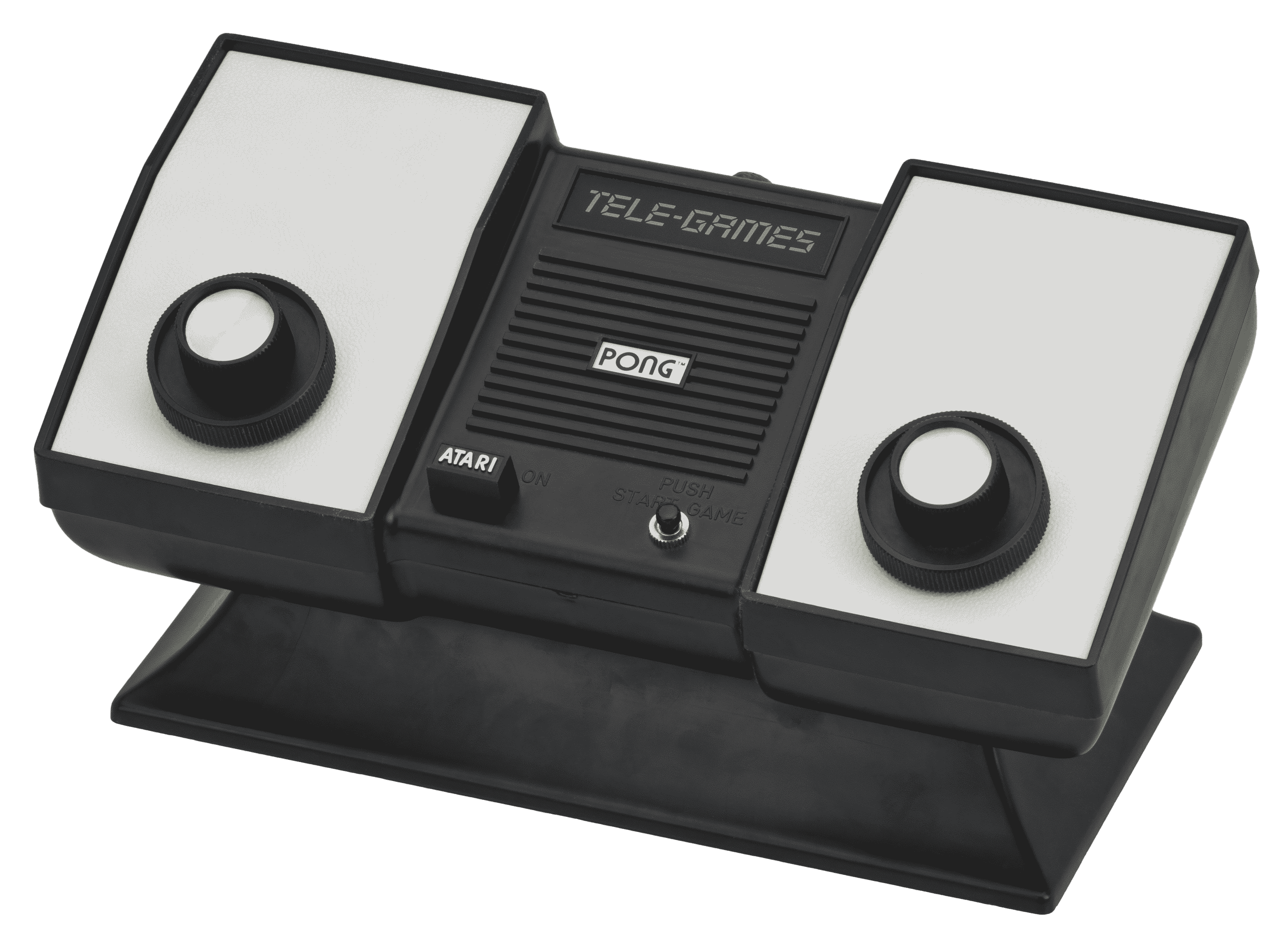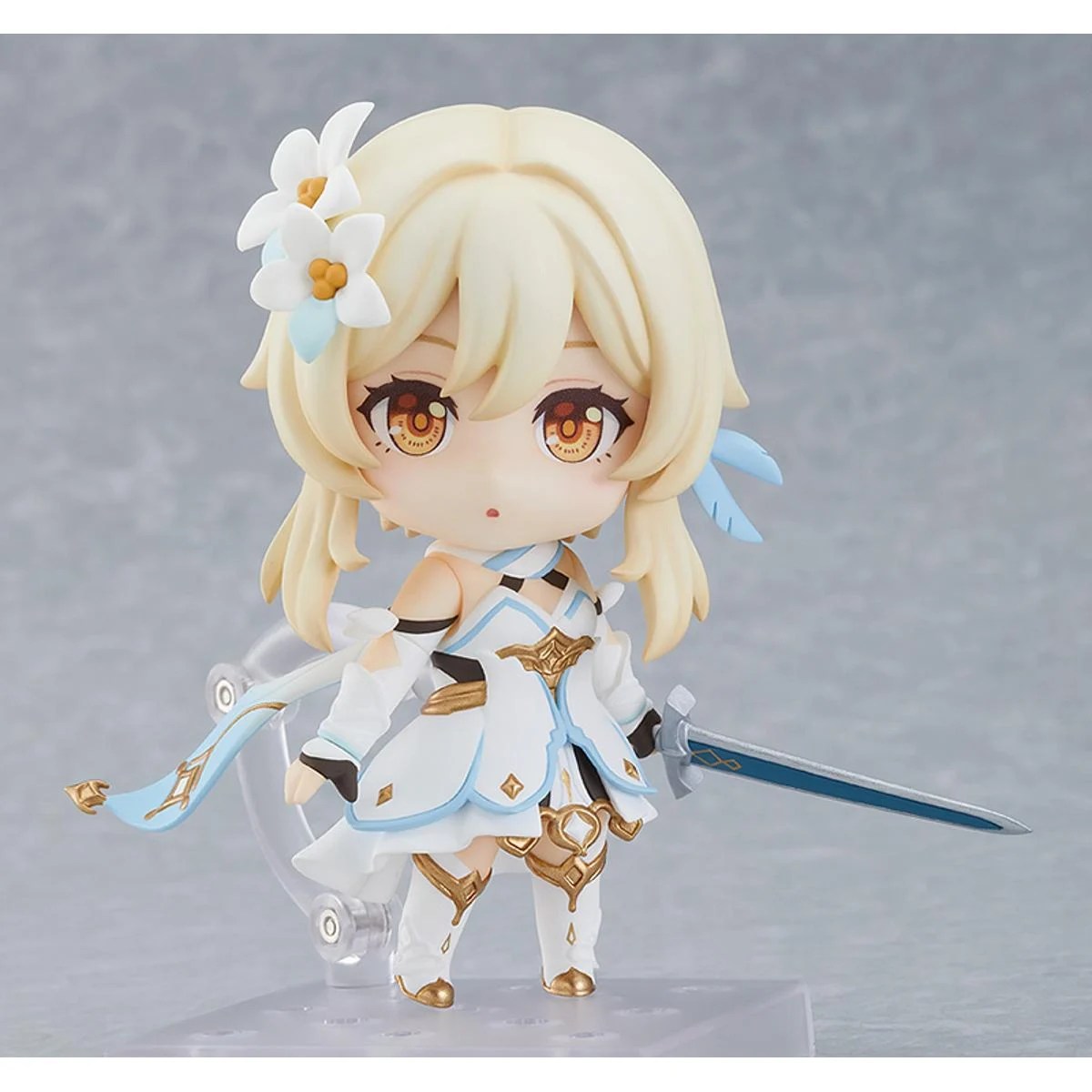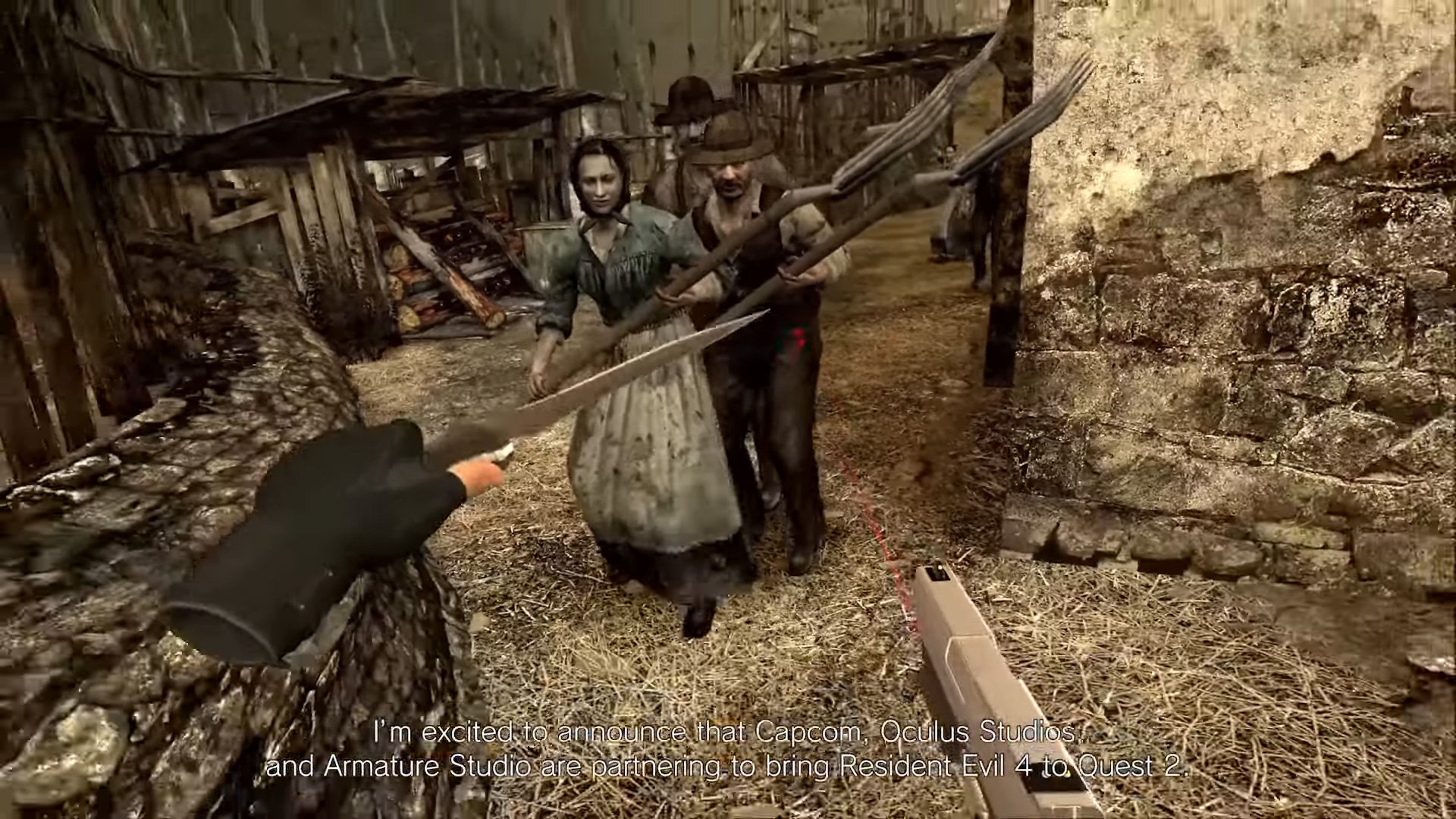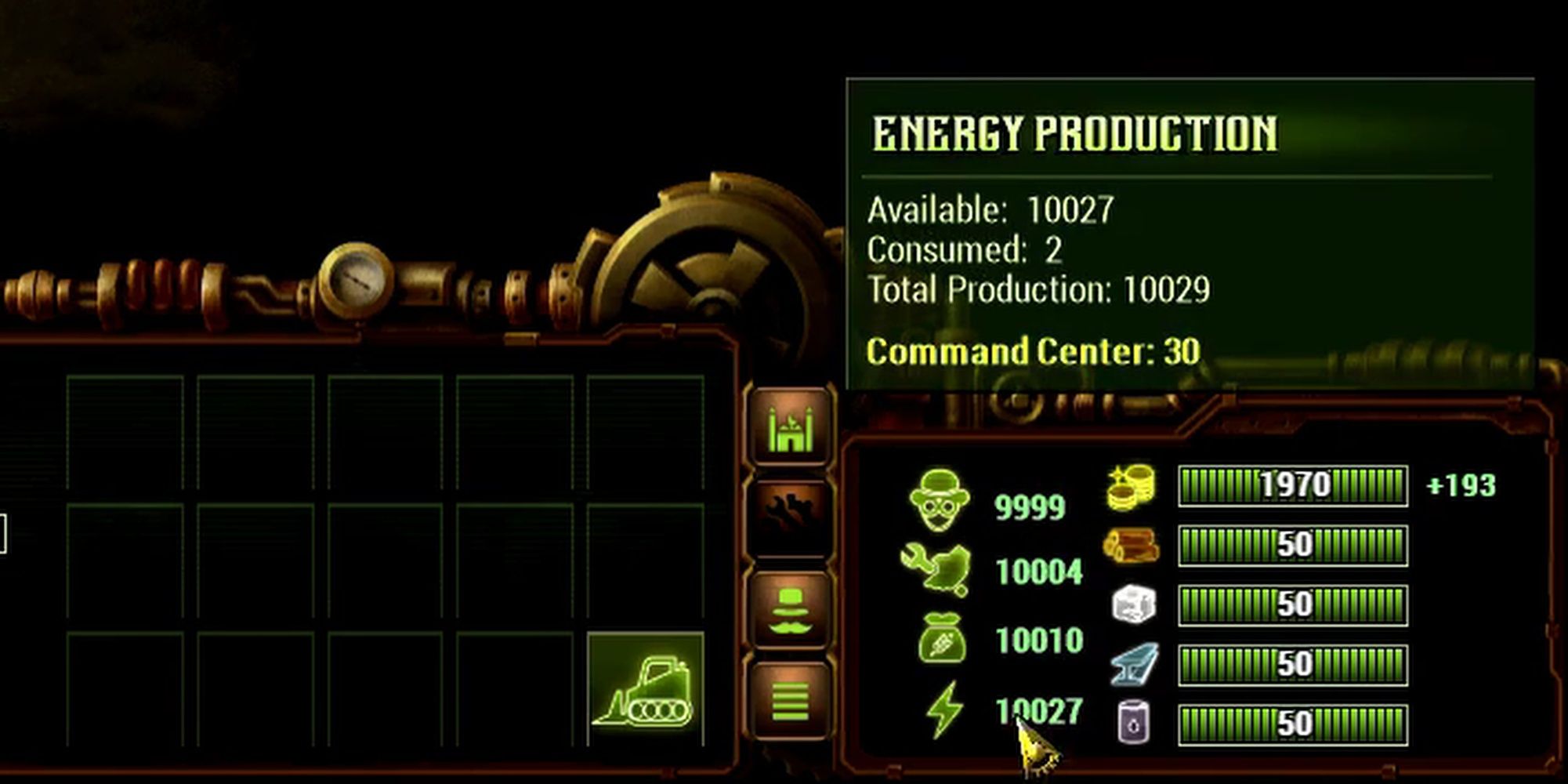Before the NES and the SG-1000 came into existence, Atari was pretty much the pioneer in the home console business. An influential pioneer that paved the way for other companies to break into the video games console industry. While Atari may be half-dead, its spirit is still burning among the retro community.
Atari was founded back in 1972 by Pong and Computer Space co-creators, Ted Dabney and Nolan Bushnell. The aforementioned was massively popular but after the video game crash in 1983, Atari would face constant ups and downs that led to its drastic demise. What made the situation worse is the emergence of a plethora of video game consoles including the NES, SG-1000, and the PC Engine.
Despite the Atari becoming a name from the past these days, it managed to leave a mark that would be remembered for decades. Atari will forever remain a legendary name.
Today, we will be taking a look at every Atari console (computers too), including released and unreleased ones. Hop in and read all about it down below.
Atari VCS (2021)
CPU: 14nm AMD R1606G Zen processor with 2 cores and 4 threads @ 2.6 GHz (up to 3.5 GHz)
GPU:Radeon Vega 3 APU architecture with up to 4GB shared graphics memory
Memory: 8 GB DDR4 (800 model) (upgradeable)
Storage: Internal flash memory: 32 GB
Removable Storage: Internal (user upgradeable) M.2SSD, or external USB-based storage
Video Output: HDMI Output
Display: HDMI 2.0
Media: Built-in Games
Type: Microconsole
Manufacturer: PowerA
Release Date: June 15, 2021
Status: Present
Release Price: US$399
Units Sold: 500,000
Codename: Ataribox
Network: 2.4/5 GHz 802.11ac Wi-Fi, Gigabit Ethernet
A micro console by Atari SA with a physical design that pays homage to the legendary Atari 2600. This fine hardware is capable of many things and it’s powerful too. The Atari VCS’s technical power allows the user to play modern games. As a modern mini-gaming PC, thanks to its ability to install a Linux-based operating system called AtariOS you can install and play titles from Windows 10 without any issues. However, bear in mind that you can only play undemanding indie games smoothly via Windows 10 and Steam, or also the Epic Games Store.
One of the best things about the Atari VCS is that it can run a couple of blockbusters such as Doom (2016), Skyrim, Grand Theft Auto, and more. They may not run at a constant 60fps at 1080p, but if you’re fine with 720p, then the Atari VCS is a good piece of hardware. The latter is an interesting micro-console, and I hope that similar to the flashback series, we could see new editions in the foreseeable future.
Atari Flashback series (2004-2019)
Video Output: HDMI Output
Media: Built-in Games
Type: Home Console
Manufacturer: AtGames
Release Date: November 2004
Status: Present
Release Price: $45
Units Sold: 500,000
A series of dedicated video game consoles manufactured by AtGames. The Flashback series consists of 10 consoles including the flashback X. The aforementioned comes fully loaded with plenty of games. Including classics from the Atari 2600 up to the Atari 7800. Not only that, but the flashback series also includes unreleased prototypes.
The motif behind the Flashback was to make older titles accessible to new and old fans without them reverting to emulation as a solution. the series managed to sell over 500,000 units, but when comparing this to the NES Classic and the Genesis Mini, clearly, the flashback series hasn’t managed to outrank those two. Still, it’s pretty nice to own one of those. They’re cheap after all and have over 100 games to enjoy.
Let’s not forget the Flashback portable too. Below, I’ll be mentioning every Atari Flashback portable edition released to date.
Atari Flashback Portable series (2016-2019)
Video Output: LCD screen 320×240. AV output
Media: Built-in Games + SD Slot
Type: Handheld
Manufacturer: Atari
Release Date: 2016
Status: Present
Release Price: $40
Units Sold: Unknown
Work on a Flashback series of the handheld consoles began in 2007, and would officially release back in 2016. This series consists of 4 editions, and each edition comes with a different design and diverse video games. For instance, the first edition has 60 games. Meanwhile, the latest versions have 230 games combined. So, there’s a variety to choose from here. If one had to choose which series to pick up, it’s definitely the latest 4th edition, but hey, to each his own, right?
Atari Jaguar (1993)
CPU: Motorola 68000, 2 custom RISC processors
Video: 32-bit RISC architecture, 4 KB internal RAM
Memory: 2 MB RAM
Video Output: Monitor-port (Composite/S-Video/RGB)
Media: Cartidge
Audio: 16-bit audio input and output up to 50 kHz – 8 stereo channels
Type: Home Console
Release Date: November 23, 1993
Code Name: Panther
Generation: Fifth
Status: Discontinued
Release Price: US$249.99
Units Sold: 150,000
Best Selling Game: Alien vs Predator
Back in 1993, Atari would drop a bomb with its new video game home console. The Atari Jaguar was the world’s first 64-bit system ever released with different features as well. Unfortunately, the Jaguar came at a time where companies such as Nintendo, Sega, and Sony were preparing to breach into the new generation of consoles. Hence, why the PS1 and the Sega Saturn proved to be a nuisance to Atari. To tackle this, the latter attempted to expand the system’s lifespan by introducing the Jaguar CD add-on back in 1995. But despite Atari’s attempts to survive, it ended up collapsing which forced the company to leave the console market. Atari Jaguar ended up selling only 150,000 units towards the end.
Atari Falcon030 (1992)
CPU: Motorola 68000 @ 16 MHz or Motorola 56001 @ 32 MHz
Video: “VIDEL” fully programmable video controller
Memory: 1, 4, or 14 MB of RAM with 512 kB ROM
Video Output: RGB output can feed either 15 kHz RGB monitor or TV, old Atari SM124 monitor or a VGA monitor
Network: EtherNEC External Network
Media: Floppy Disk
Audio: 16-bit audio input and output up to 50 kHz – 8 stereo channels
Type: Home Computer
Release Date: 1992
Code Name: Not specified
Generation: Fourth
Status: Discontinued
Release Price: $799
Units Sold: Unknown
Along with the Mega STE, Falcon030 was also the final personal computer in the Atari ST legacy. What distinguishes the latter from its predecessor is the inclusion of a new programmable graphics system called ” VIDEL” which enhances graphics capabilities. Unfortunately, the Falcon was discontinued one year after its release so that Atari could focus on the upcoming Jaguar system.
Atari created a handful of prototypes of Falcon040 before the German music company Emagic (formerly known as C-Lab) purchased the rights to the Falcon hardware design and began producing their own versions.
Atari Mega STE (1991)
CPU: Motorola 68000 @ 8 MHz or 16 MHz
Video: MACH32
Memory: 4 MB ST RAM expandable up to 4 MB using 30-pin SIMMs
Video Output: Monitor (RGB and Mono), RF modulator
Network: EtherNEC External Network
Media: Floppy Disk
Audio: Yamaha YM2149
Type: Home Computer
Release Date: 1991
Code Name: Not specified
Generation: Fourth
Status: Discontinued
Release Price: US$1,799
Units Sold: Unknown
The final personal computer in the Atari ST series by Atari Corporation. Similar to previous personal computers, the Atari Mega STE wasn’t cheaper at all. The system is a late-model Motorola 68000 based on the STE hardware. The aforementioned is a high-resolution mono monitor and an internal SCSI hard disk. While the system wasn’t compatible with its predecessors, it featured a unique touch called software-switch CPU. Basically, this featured allowed the CPU to operate at 16 MHz for faster processing or 8 MHz for better compatibility with old software.
Atari Panther (Cancelled- 1991)
CPU: Motorola 68000
Video: Unknown
Memory: 32KB memory
Video Output: VGA Monitor (analog RGB and Mono)
Network: Unknown
Media: Cartridge
Audio: Otis 32 sound channels
Type: Home Console
Intended Release Date: 1991
Code Name: Not specified
Generation: Fourth
Status: Not released
Release Price: Cancelled
Units Sold: Not released
An unreleased 32-bit video game console was planned to release back in 1991 in order to compete with Sega Genesis and the SNES. There is hardly any information about the hardware specification other than being the successor to the 7800 and XEGS which hints that maybe the Panther is slightly powerful than these two.
Additionally, three games were planned to launch with the system. Including:
- Cybermorph
- Trevor McFur in the Crescent Galaxy
- Raiden
Later on, these games were released on the Atari Jaguar upon the Panther’s cancellation.
Atari TT030 (1990)
CPU: Motorola 68030 & 68882 @ 32Mhz with 16Mhz System Bus.
Video: TKR CrazyDots II VME card (ET-4000 with 1Mb) using NVDI 4.11
Memory: 4Mb ST-RAM & 64Mb TT-RAM
Media: Floppy Disk
Video Output: VGA Monitor (analog RGB and Mono)
Network: EtherNEC External Network
Audio: Yamaha YM2149
Hard Drive Capacity: 50MB
Type: Home Computer
Release Date: 1990
Code Name: Not specified
Generation: Fourth
Status: Discontinued
Release Price: US$2,995
Units Sold: 5000
Similar to the 8-bit family, the TT030 is part of the Atari ST’s line of personal computers. Released back in 1990 at a crazy price of almost 3,000 USD, The TT030 was initially intended to be a high-end Unix Workstation. However, things didn’t go the way they were planned.
Two years after, Atari would release a low-cost consumer-oriented machine titled the Atari Falcon (or known as Falcon030) with improved visuals and sound capabilities. The downside of it is that it suffered from a bottle-necked processor. The high price of the system probably made it impossible for some to get their hands on it. Thankfully, you can still experience the TT030 through an emulator which doesn’t require a brainer to understand.
Atari Lynx (1989)
CPU: Dual 16-bit CMOS, Mikey & Suzy (16MHZ)
Video: Suzy” (16-bit custom CMOS)
Memory: 64KB RAM
Media: ROM Cartidge
Video Output: LCD Screen
Network: None
Audio: 8-bit 4 channel
Type: Handheld
Release Date: September 1, 1989
Code Name: RedEye
Generation: Fourth
Status: Discontinued
Release Price: US$179.99
Units Sold: 3 million
Lynx was Atari’s answer to Nintendo’s Gameboy, TurboExpress, and Sega’s Game Gear handhelds. And as always, Atari never disappoints, making sure it always surprised the world with something new. Lynx was a technological step forward as it was the first handheld with an LCD color display compared to the original Game Boy.
Thanks to its advanced graphics at the time and the ambidextrous design, Lynx managed to sell very well, boasting over 3 million units sold according to the Wikipedia page.
Atari XEGS (1987)
CPU: MOS Technology 6502C at 1.79Mhz
Video: GTIA
Memory: 64KB RAM
Media: ROM Cartidge
Video Output: RF, Composite
Network: None
Audio: 4 channels. 3.5 octaves
Type: Home Computer
Release Date: 1987
Code Name: Bombshell
Generation: Third
Status: Discontinued
Release Price: 199 USD
Units Sold: 130.000
1987 is the year where things started to get difficult for the Atari. That year saw brutal competition between different brands such as the SNES, Sega Master System Turbografx-16, Neo Geo SNK, and more. The system is a clever re-design of the previous Atari 65 XE home computer and the final model in the 8-bit family series. It worked as both a home computer and a video game console, but Atari marketed it as the latter along with Nintendo’s SNES.
The good thing about the XEGS is its backward compatibility with the 8-bit family line of home computers. This, and a humble number of great games to play on the system. Including Bug Hunt Barnyard Blaster, as well as, cartridge ports of old games, such as Lode Runner, Necromancer, Fight Night, and more. 1992 marks the end of support for the XEGS along with the 8-bit family computers, Atari 2600, and 7800.
Atari 7800 (1986)
CPU: Atari SALLY (“6502C”) at 1.79Mhz
Video: MARIA custom chip @ 7.16 MHz
Memory: 64K RAM, 128k RAM
Media: Cartidge
Video Output: B/W or color TV picture and sound signal through RF modulator (NTSC, PAL, or SECAM
Network: None
Audio: TIA as used in the 2600
Type: Home Console
Release Date: May 1986
Code Name: MARIA
Generation: Third
Status: Discontinued
Release Price: US$140
Units Sold: 1 million
Best-selling Game: Crack’ed and a couple of other titles
One year after the release of 65XE and 130XE, the 7800 Pro System, would be released. One of the best features about the system is how it is compatible with Atari 2600 games library and accessories, and the best thing? no add-ons are required. This made the console the first system to feature backward compatibility.
Additionally, the 7800 Pro System tries to emulate the arcade experiencing by including a joystick that is quite similar to what a gamer would use to play shoot’em up video games. Despite the system being backward compatible with the Atari 2600, it only had 57 games. The decision behind this is how Atari focused entirely on quality before quantity.
Atari ST (1985)
CPU: Motorola 680×0 @ 8+ MHz
Video: ET4000 Chip
Memory: 512KB
Media: Floppy Disk
Video Output: (60 Hz NTSC, 50 Hz PAL, 71.2 Hz monochrome)
Network: None
Audio: Yamaha YM2149F
Type: Home Computer
Release Date: 1985
Code Name: Iceman
Generation: Third
Status: Discontinued
Release Price: US$799.99 (monochrome) US$999.99 (color monitor)
Units Sold: 2.2 million (sold mostly well in Europe)
With each new year, Atari tried to surpass their previous hardware. And that is when the Atari ST was released, a successor to the 8-bit family line of home computers. The initial model, 520ST, is the first persona computer to feature a bitmapped color GUI. Meanwhile, The 1040ST is the first model to include 1 MB of RAM and cost-per-kilobyte of less than US$1.
Despite the Atari ST’s advanced capabilities, it didn’t sell as much as Atari expected it would. The system, on the one hand, was booming in Europe. Particularly, in Germany. Seeing the massive demand over there, Atari had to prioritize Germany over the United States. The Atari ST was most popular for music sequencing among amateurs and popular musicians.
Atari 65XE & 130XE (1985)
CPU: 8-bit Custom Motorola 6502C at 1.79 MHz
Video: ANTIC and GTIA
Memory: 64K RAM, 128k RAM
Media: Cartidge
Video Output: B/W or color TV picture and sound signal through RF modulator (NTSC, PAL, or SECAM
Network: None
Audio: 4-channel PSG sound via POKEY sound chip
Type: Home Computer
Release Date: 1985
Code Name: Mickey
Generation: Second
Status: Discontinued
Release Price: US$120 (65XE), US$140
Units Sold: 4 million
Best-selling Game: Star Raiders
1985 saw the release of yet another hardware that is part of the 8-bit family series. Atari 65 XE and 130 XE continued the 8-bit legacy following the release of Atari 400 and 800. 130XE is slightly more powerful than the 65XE, featuring 128 KB of RAM. Not only that but also the aforementioned was meant to appeal to a larger audience than its predecessors.
Atari 5200 (1982)
CPU: 8-bit Custom Motorola 6502C at 1.79 MHz
Video: ANTIC and GTIA
Memory: 16 KB
Media: Cartidge
Video Output: B/W or color TV picture and sound signal through RF modulator (NTSC, PAL, or SECAM
Network: None
Audio: 4-channel PSG sound via POKEY sound chip
Type: Home Console
Release Date: November, 1981
Code Name: Pam
Generation: Second
Status: Discontinued
Release Price: $269.99
Units Sold: 1 million
Best-selling Game: Space Dungeon
The Atari 5200 is the successor to the Atari 2600 which was released in 1981. The aforementioned was Atari’s answer to the Intellivision threat back then and other competitors like Colecovision. The system, graphically, is a step above its predecessor the Atari 2600.
While the system sold well, it sadly didn’t reach the overall level of success that the Atari 2600 enjoyed. At first, consumers were upset over the fact that the Atari 5200 couldn’t play Atari 2600 games. However, thankfully, a VCS adapter was launched. What the VCS did was allowed consumers to play their favorite Atari 2600 games on the 5200. But the video game crash back in 1983 prevented the process of smooth sales.
Atari 2700 (Unreleased- 1981)
CPU: MOS Technology 6507 @ 1.19 MHz.
Video: TIA 160 x ≈192 pixel, 128 colors
Memory: 128 bytes (plus up to 256 bytes built into the game cartridges)
Media: Cartidge
Video Output: B/W or color TV picture and sound signal
Network: None
Audio: 2 channel mono sound
Type: Home Console
Intended Release Date: 1981
Code Name: Stella
Generation: Second
Status: Unreleased
Release Price: None
Units Sold: None
The Atari 2700, or known as the Atari Remote Control VCS, is a prototype home console that was sadly not launched. The latter was intended to be one of the follow-ups to the commercially successful Atari 2600. The system would have included several new interesting features such as wireless controllers featuring an amalgamation of a joystick and paddle that would work via radio signals, touch-sensitive switches, and a wedge-shaped case.
Surprisingly, Atari 2700 was fully compatible with the previous Atari 2600, and it was intended to use the system’s accessories and titles as well. Despite how these features looked promising back then, the system never went into full production. Dan Kramer, an employee, has stated that at least 12 consoles were made ( including one that is owned by The National Videogame Museum with extra controllers).
Atari 400 (1979)
CPU: MOS Technology 6502B 1.79Mhz
Video: 384 pixels per TV line, 256 colors, 8 × sprites, raster interrupts
Memory: up to 16kb
Media: Cartidge
Video Output: Monitor RGB output, RF TV video output, 1 cartridge slot, Atari Serial Input/Ouput (SIO) port, 4 controller jacks
Network: None
Audio: 4 × oscillators with noise mixing
or 2 × AM digital
Type: Home Computer
Release Date: November, 1979
Code Name: Candy
Generation: Second
Status: Discontinued ( January 1, 1992)
Release Price: US$550
Units Sold: 4 million
Best-selling Game: Star Raiders
The Atari 400 is a home computer that is part of the 8-bit family series. The look of this thing may deceive you, but at the time, it managed to sell 4 million units between 1979 and 1992 alongside the more powerful Atari 800. These systems not only were a technical marvel when they came out, but they also helped make home computers go mainstream. The Atari 400 cost 550 US Dollars back then. As of right now, the cost of a brand new is 1960$ among retro collectors.
Atari 800 (1979)
CPU: MOS Technology 6502B 1.79Mhz
Video: 384 pixels per TV line, 256 colors, 8 × sprites, raster interrupts
Memory: up to 48kb DRAM
Media: Cartidge
Video Output: Monitor RGB output, RF TV video output, 1 cartridge slot, Atari Serial Input/Ouput (SIO) port, 4 controller jacks
Network: None
Audio: 4 × oscillators with noise mixing
or 2 × AM digital
Type: Home Computer
Release Date: November, 1979
Code Name: Colleen
Generation: Second
Status: Discontinued ( January 1, 1992)
Release Price: US$1,000
Units Sold: 4 million
Best-selling Game: Star Raiders
A slightly powerful home computer in comparison with Atari 400 and is also part of the 8-bit family series of consoles. Both the Atari 400 and 800 were released in November 1979 and came packed with plug-and-play peripherals using the Atari SIO serial bus. Unlike, the Atari 400 that could fit up to 16kb of DRAM, Atari 800 allowed easy RAM upgrades up to 48KB. Thanks to its advanced capabilities it made gaming a whole lot popular.
Atari Cosmos (Unreleased- 1978-1981)
CPU: COPS444L
Video: Holographic backgrounds and programmable LEDs
Memory: Unknown
Media: Cartidge
Video Output: Simple LED Display
Network: None
Audio: Not Specified
Type: Handheld (Tabletop Electronic Game System)
Intended Release Date: 1978-1981
Code Name: Unknown
Generation: First
Status: Cancelled
Release Price: None
Units Sold: None
Yet another unreleased hardware by Atari that was intended to be released somewhat between 1978 to 1981. Sadly, that didn’t happen. Similar to the Atari Game Brain, it would have come included with 9 games. Including Asteroids, Road Runner, Superman, Dodge ’em, Sea Battle, and more.
Work on the Atari Cosmos was initiated back in 1978 by Atari Inc. engineers Roger Hector, Allan Alcorn, and Harry Jenkins. As a tabletop handheld electronic system, it would have benefited from the holography technique to improve the display. Atari purchased all the rights to holographic tools to make the system possible. And despite being marketed as a handheld system at the time, Cosmos was intended to be powered using an AC Adapter instead of batteries.
The system was victim to countless brutal criticism from reviewers who questioned its technical capabilities. Regardless, Atari Inc succeeded at obtaining over 8,000 pre-orders at the New York Toy Fair. All seemed great and ready to go until the company pulled the plug by the end of 1981 by canceling the system. Speculators hinted that maybe Atari felt that releasing the Cosmos to the public was a risky move after the brutal criticism it has endured. The console may not have been officially released, but it has become a collector item that costs a fortune to get your hands on.
Atari Game Brain (Unreleased 1978)
CPU: Unknown
Video: Unknown
Memory: Unknown
Hard Drive: Not specified
Media: Cartidge
Network: None
Audio: Not specified
Type: Home Console
Intended Release Date: June, 1978
Code Name: Unknown
Generation: First
Status: Cancelled
Release Price: None
Units Sold: None
An unreleased home video game console that was intended to release back in June 1978 by Atari. Unfortunately, the system is capable of running only 10 games converted from previous Atari dedicated consoles. Games such as Pong, Stunt Cycle, Super Pong, Ultra Pong, and more.
The system was canceled around 1978 since it wasn’t meant to be a big seller for Atari. Similar to the Atari 2600, Game Brain would have featured a ROM Cartridge. However, the system didn’t include a set of controllers with it. Instead, it featured built-in controls as shown in the picture. The system includes a paddle, fire button, and 4 directional buttons, as well as, a power switch.
Atari 2600 (1977)
VCS
CPU: 1.19 MHz MOS Technology 6507
Video: Television Interface Adaptor (TIA)
Memory: 128 bytes of RAM
Media: ROM Cartidges
Video Output: B/W or color TV picture and sound signal through RF modulator (NTSC, PAL, or SECAM
Network: None
Audio: Television Interface Adaptor
Type: Home Console
Release Date: September 11, 1977
Code Name: Stella
Generation: Second
Status: Discontinued
Release Price: US$199
Units Sold: 30 million (as of 2004)
Best-selling Game: Pac-Man (7,95 million in sales)
The Atari 2600, or known as Atari Video Computer System (VCS), is a step forward into the video game console industry. The console popularized the usage of ROM cartridges that would later be adopted by companies such as Nintendo.
The Atari 2600 is an important console that is often praised for spreading the use of microprocessor-based design. In addition, while the VCS had an innovative design, it sadly lacked a frame buffer. The lack of such technical capability has proved to be a challenge for developers at the time, pushing designers to squeeze as much as possible from the system and experiment with different kinds of complex designs.
Additionally, the most popular Atari VCS titles were ports of arcade hits, including Taito’s Space Invaders, Pac-Man, and Donkey Kong. The process of porting Arcade hits to the VCS aided developers to find out what to carry with them to the next generations and what to leave behind.
Atari Pong (1972)
Atari Home Pong
CPU: Unknown
Video: Unknown
Memory: Unknown
Media: Not specified
Video Output: TV
Network: None
Audio: None
Type: Home Console
Release Date: November 29, 1972
Code Name: Darlene
Generation: First
Status: Discontinued
Release Price: US$299
Units Sold: 150.000
Most of us have grown up playing Pong in the arcades, but only a few people owned the Atari Pong. The Atari’s journey began with the pong, a table tennis simulator that blew us away when it was first released. To this day, it stands as the first commercially successful video game. Its success influenced other companies to copy the formula. Hence, an array of clones have emerged, like Coleco and the Commodore.
Actually, what made Pong a great deal is the fact that it allowed players to hook up their console into their TV and game. It may not look that impressive compared to today’s standards, but back then, that was regarded as a technical revolution.
Initially, pong was released back in 1972 for the arcade cabinet. It was until 1975 that Atari would manufacture a home Pong console.
This marks the end of this article. Thank you for reading.
The post All Atari Consoles & Computers Ever Released (1972-2021) appeared first on Altar of Gaming.
